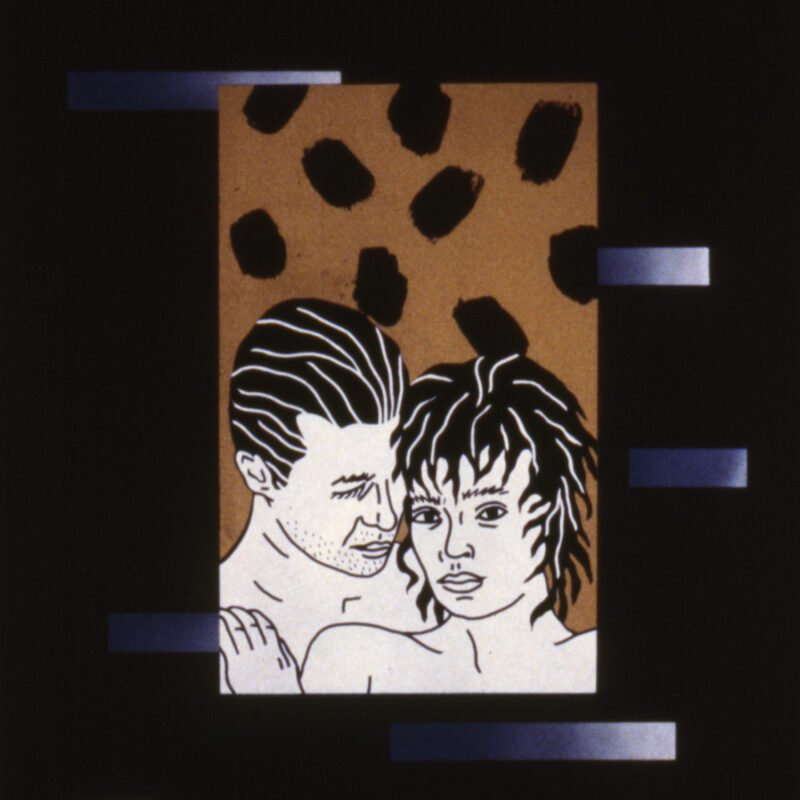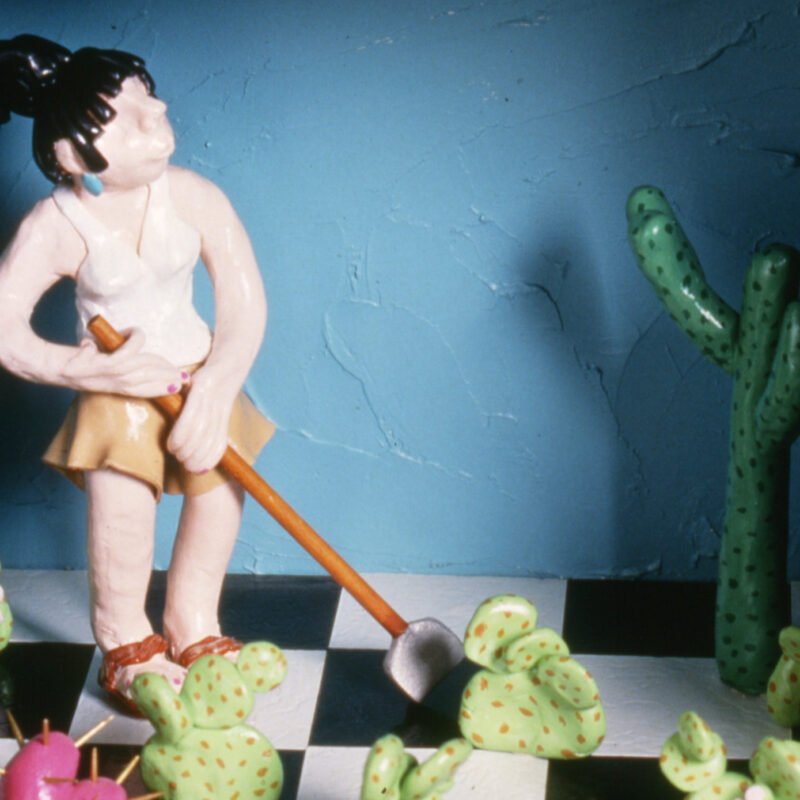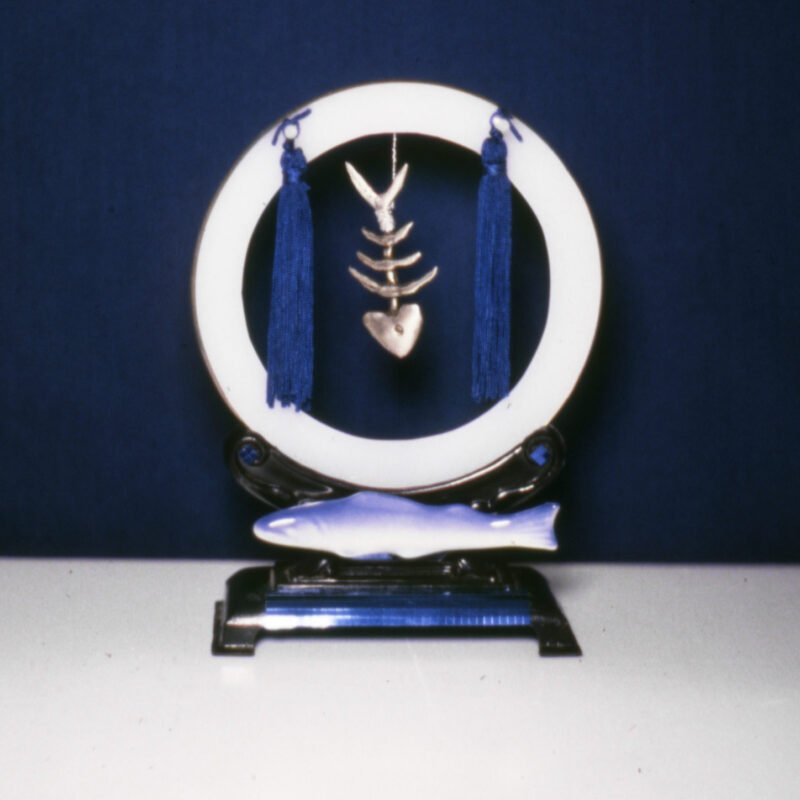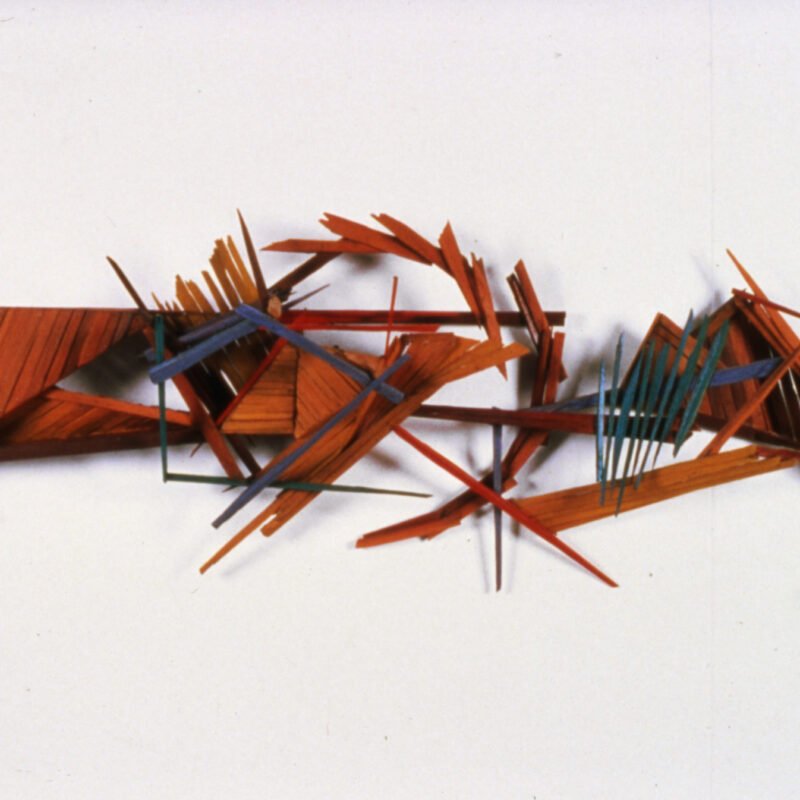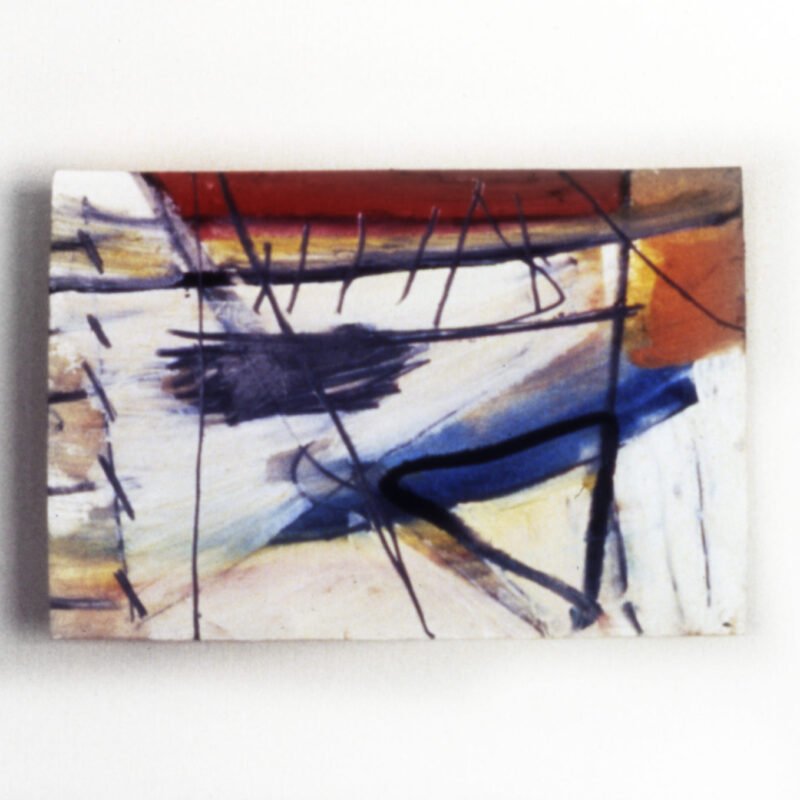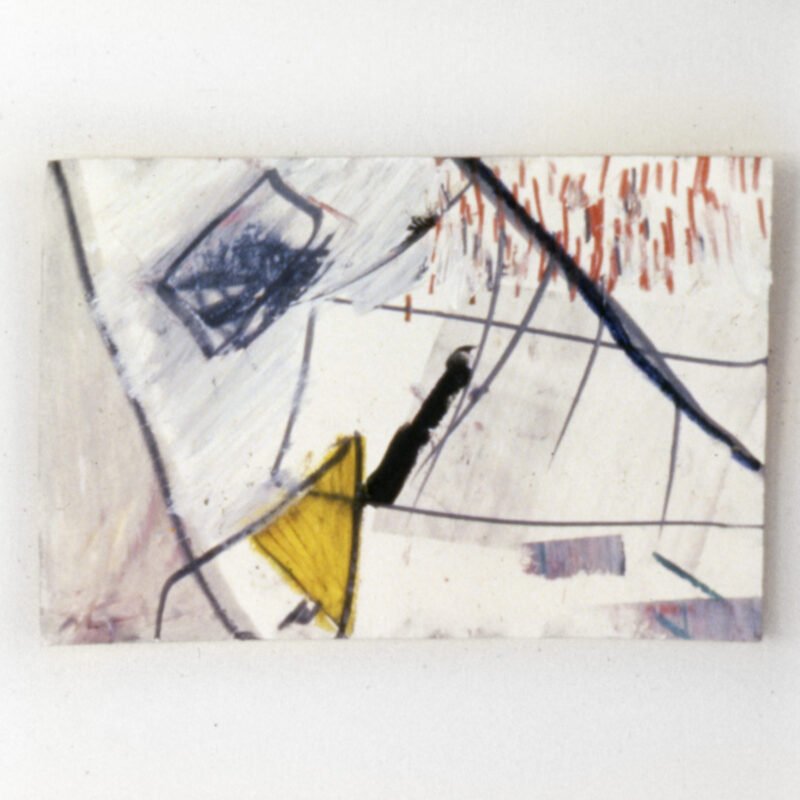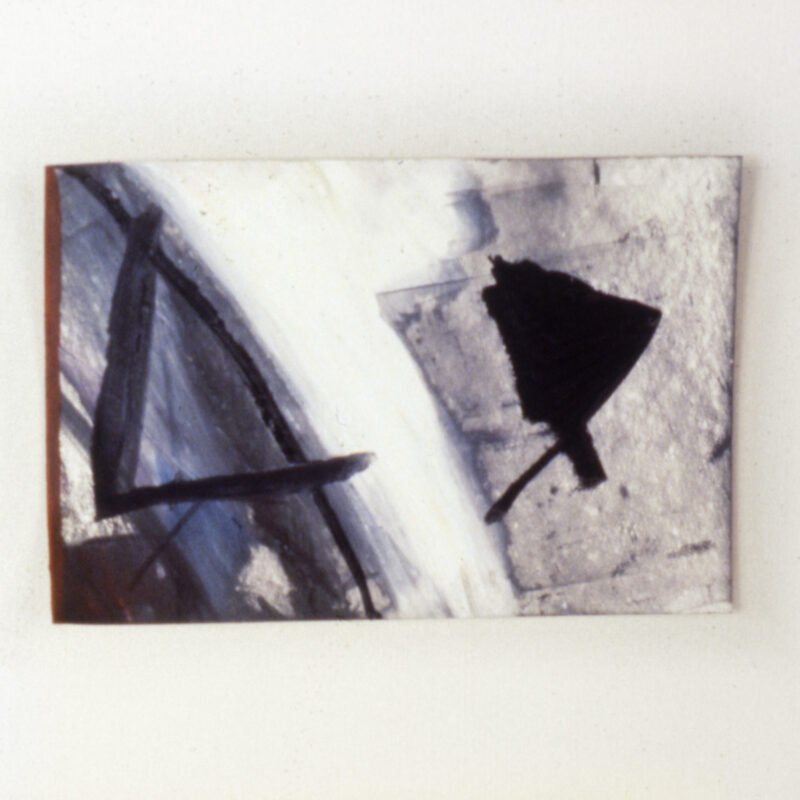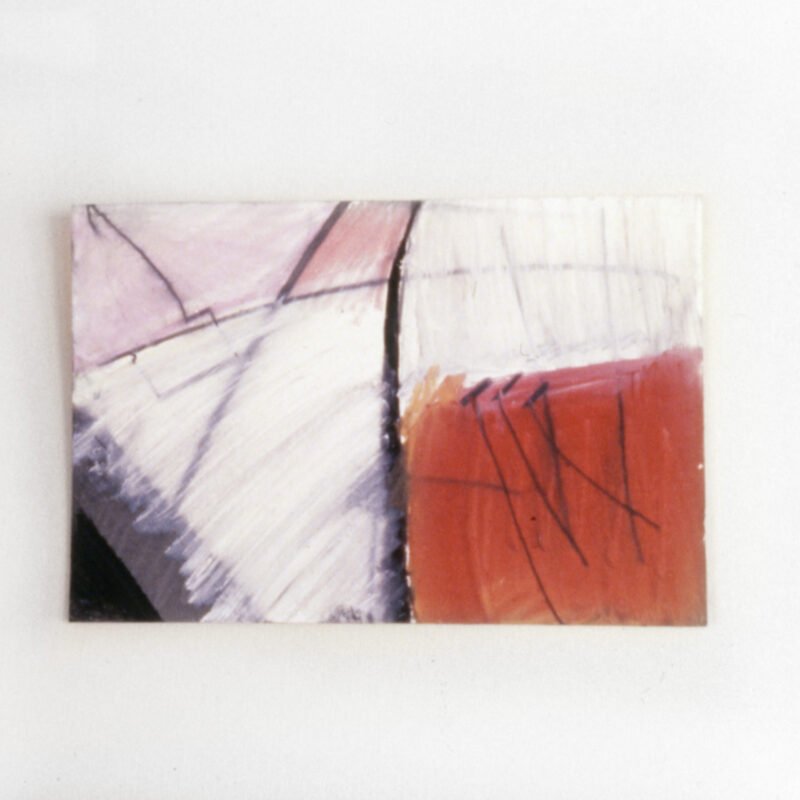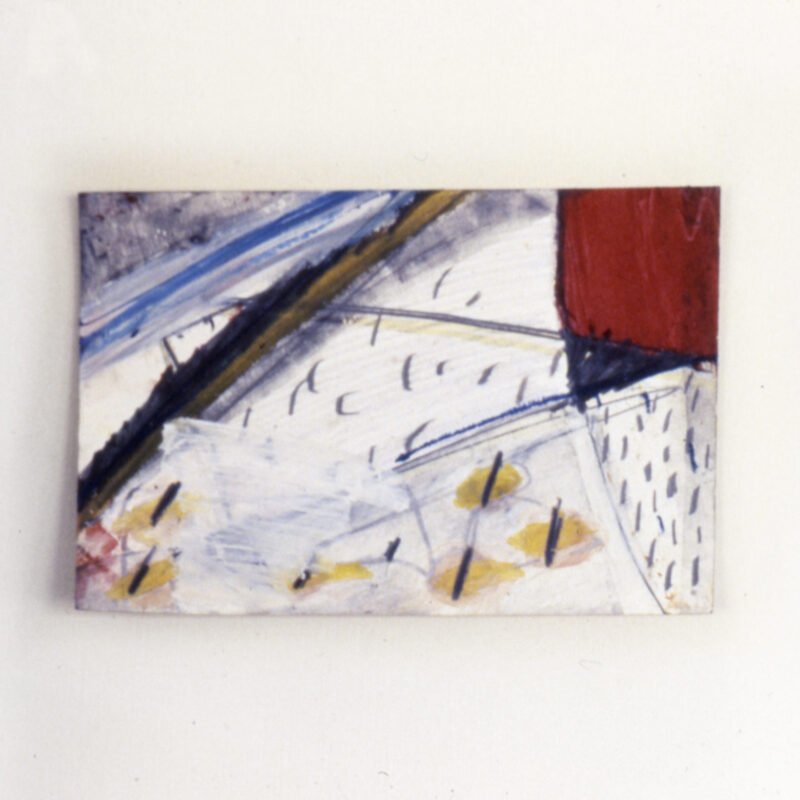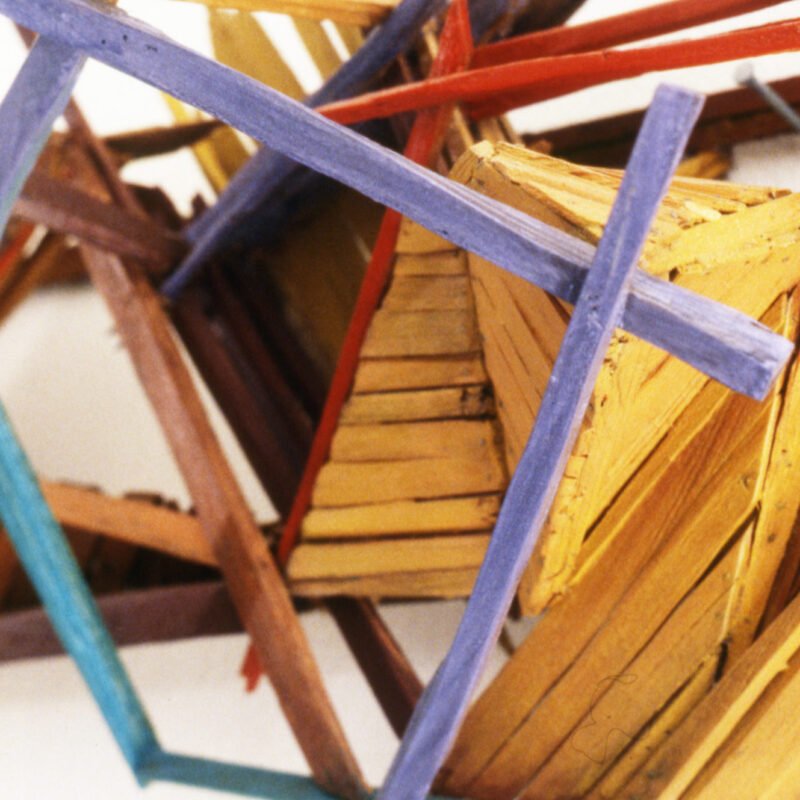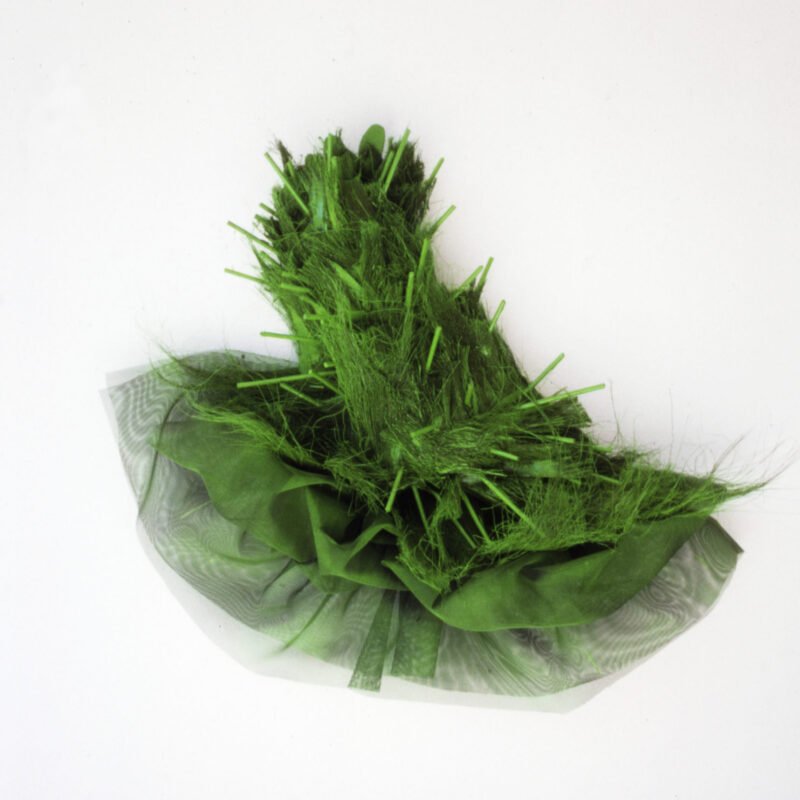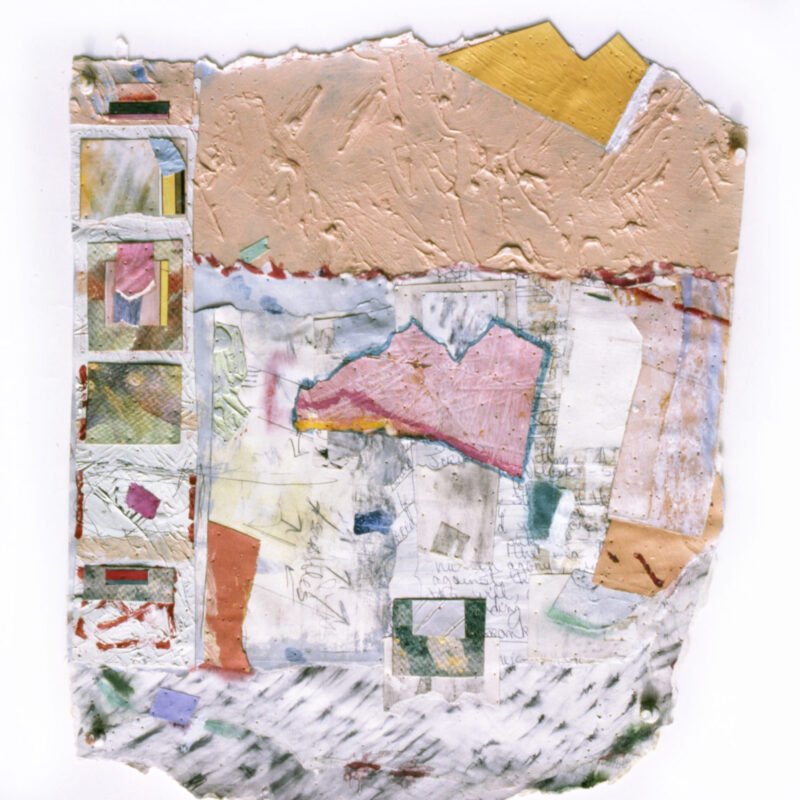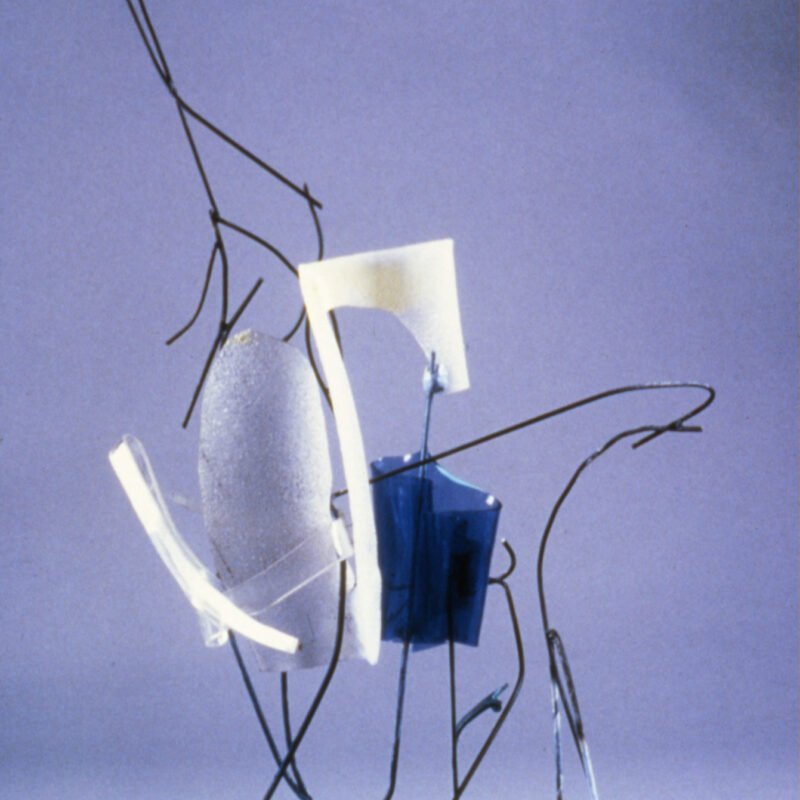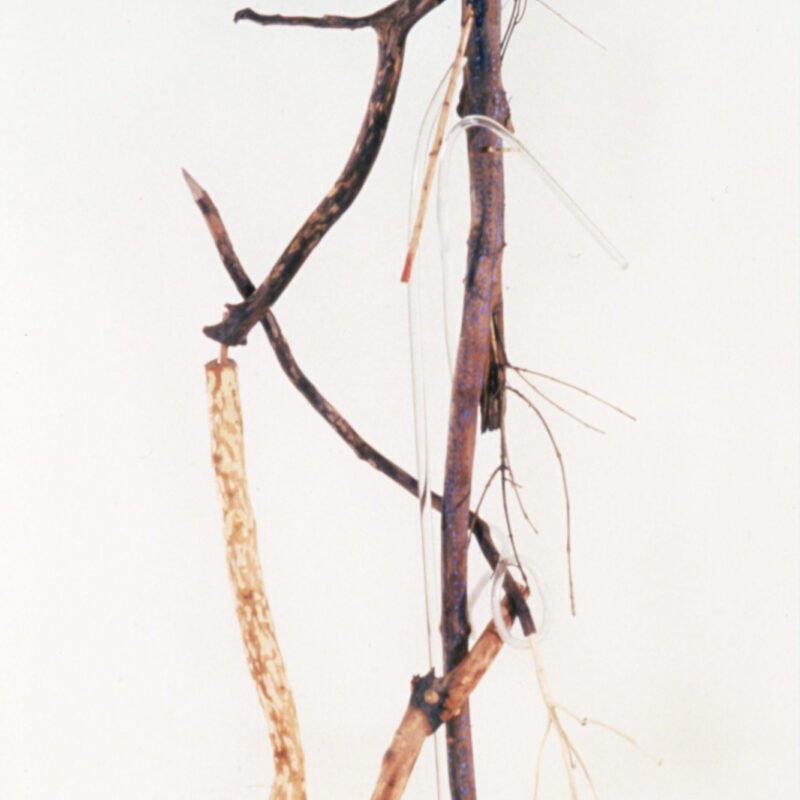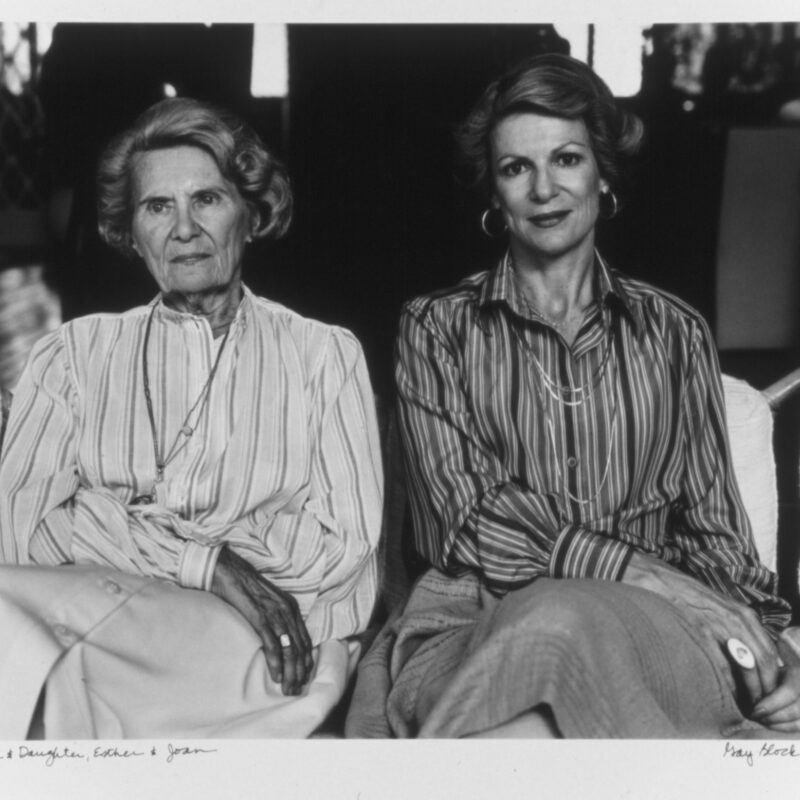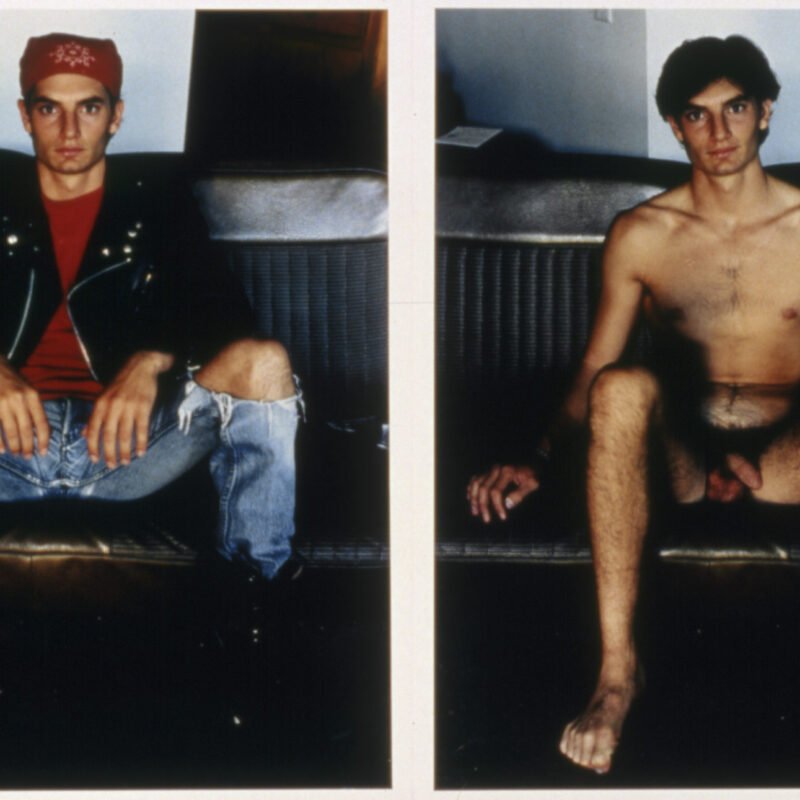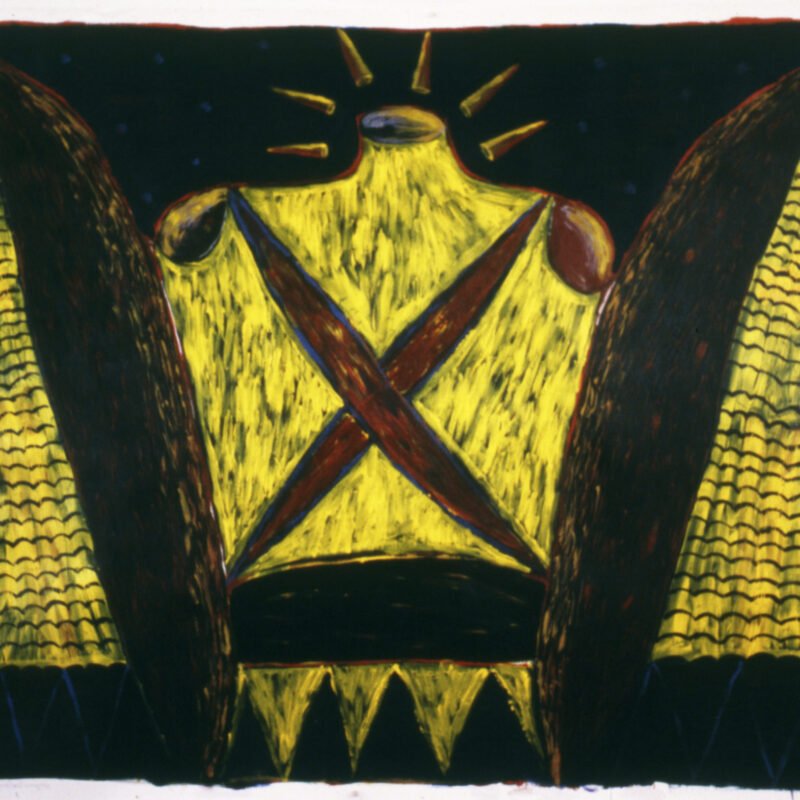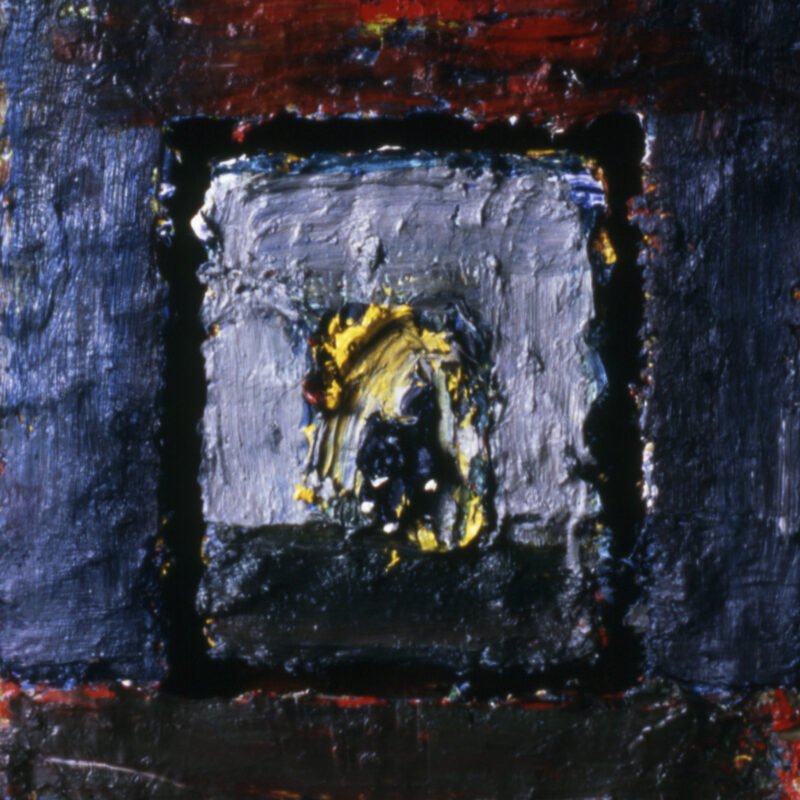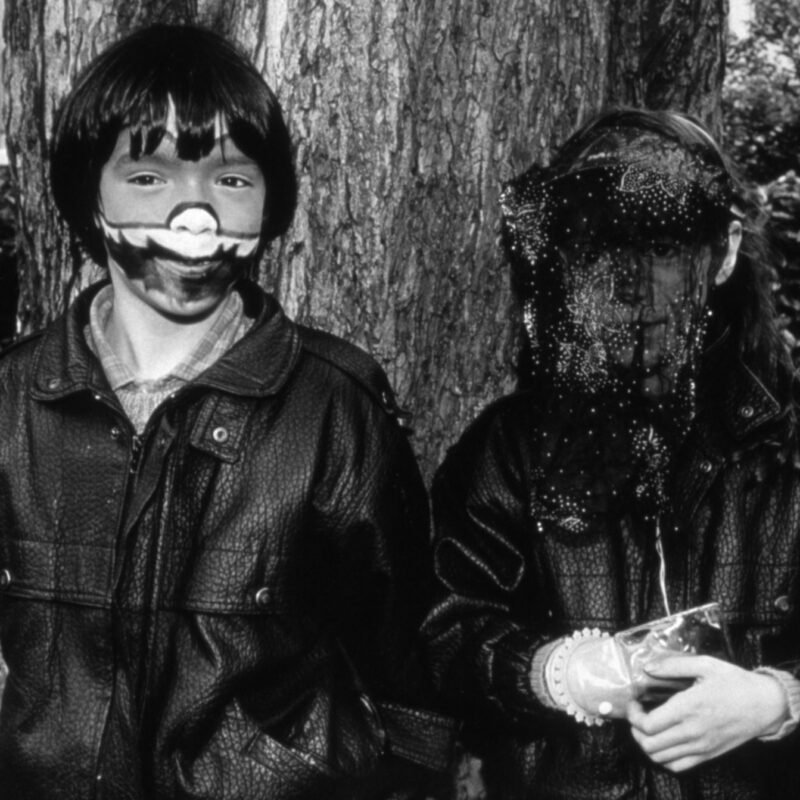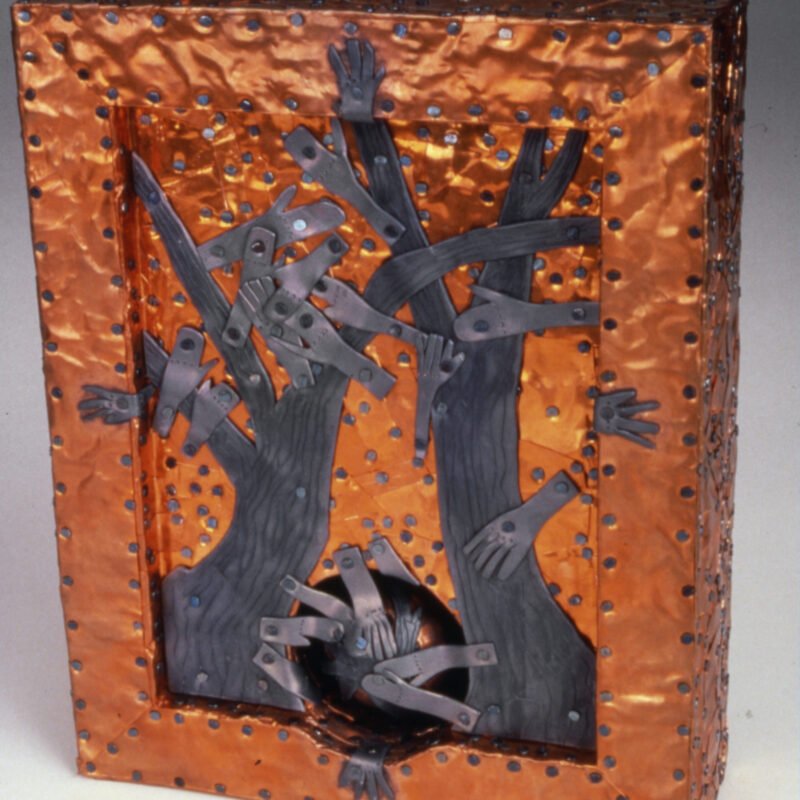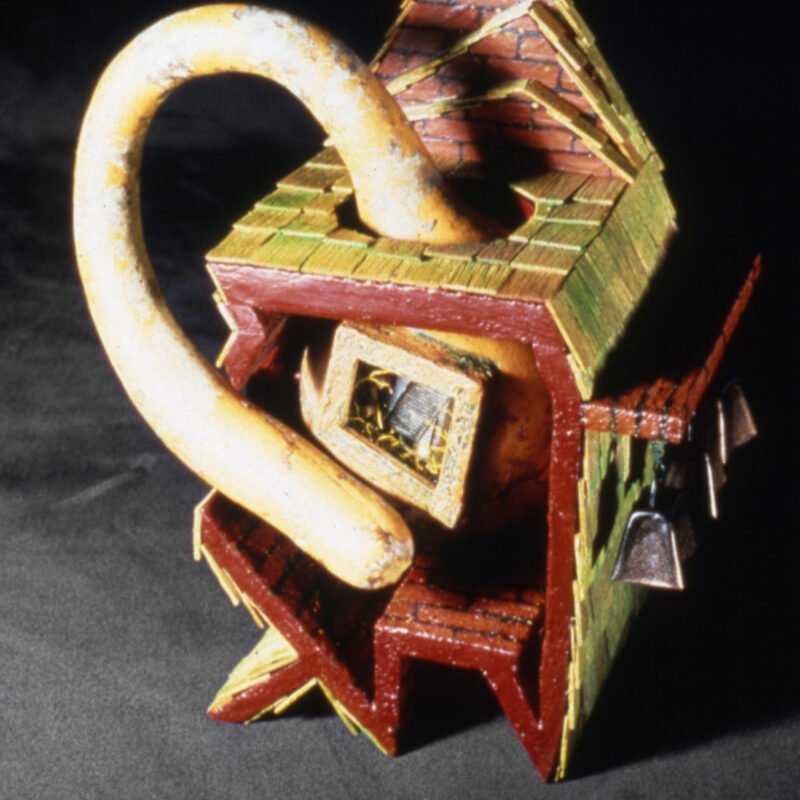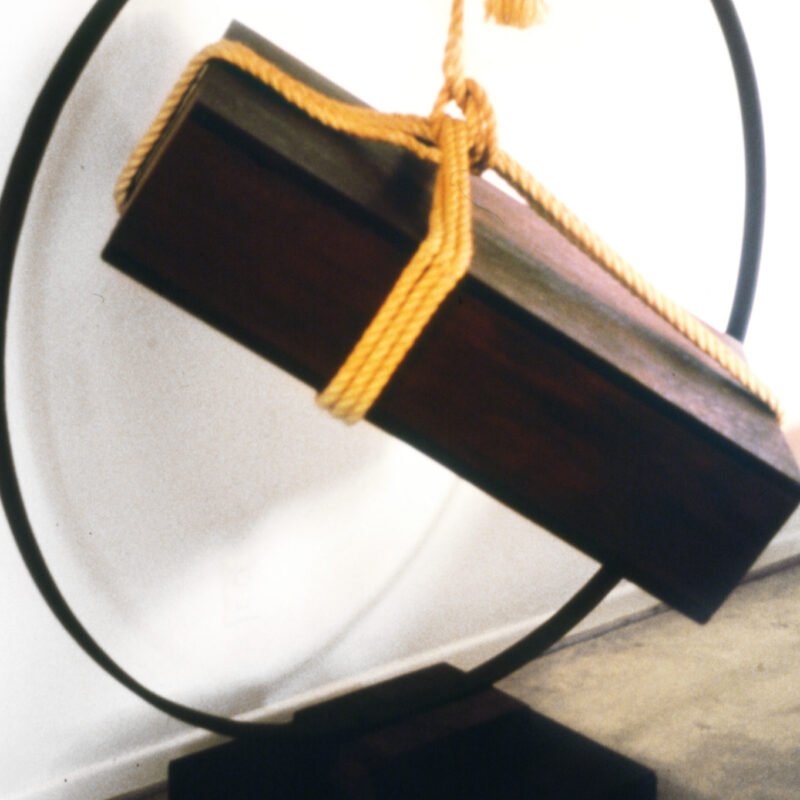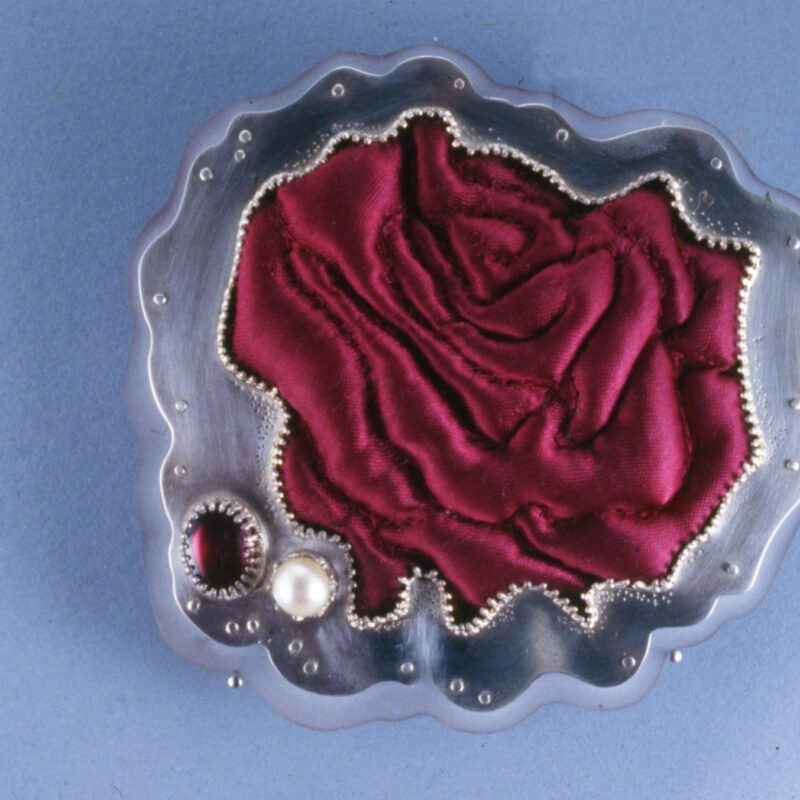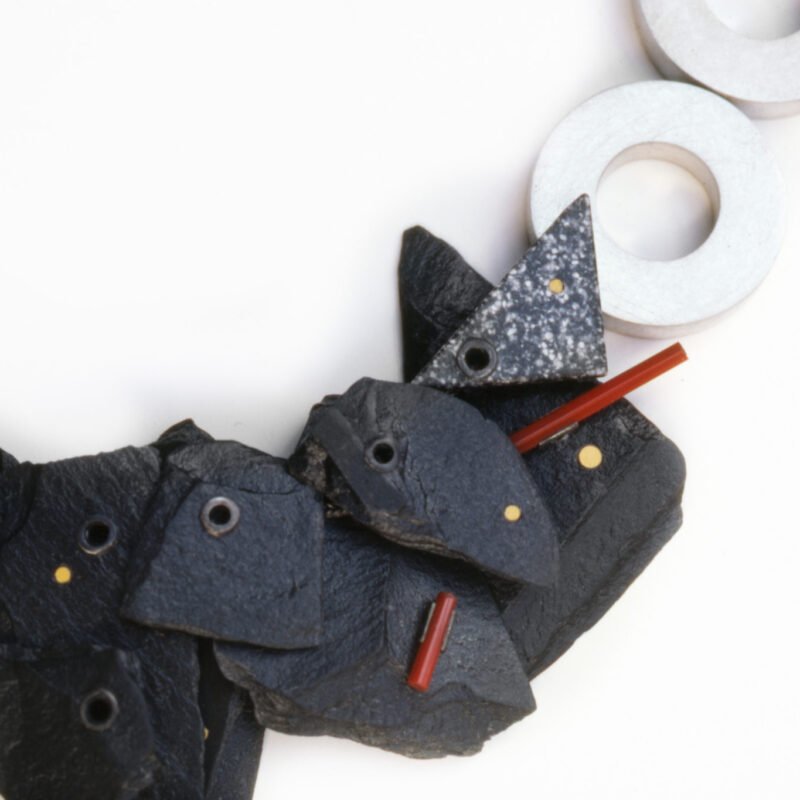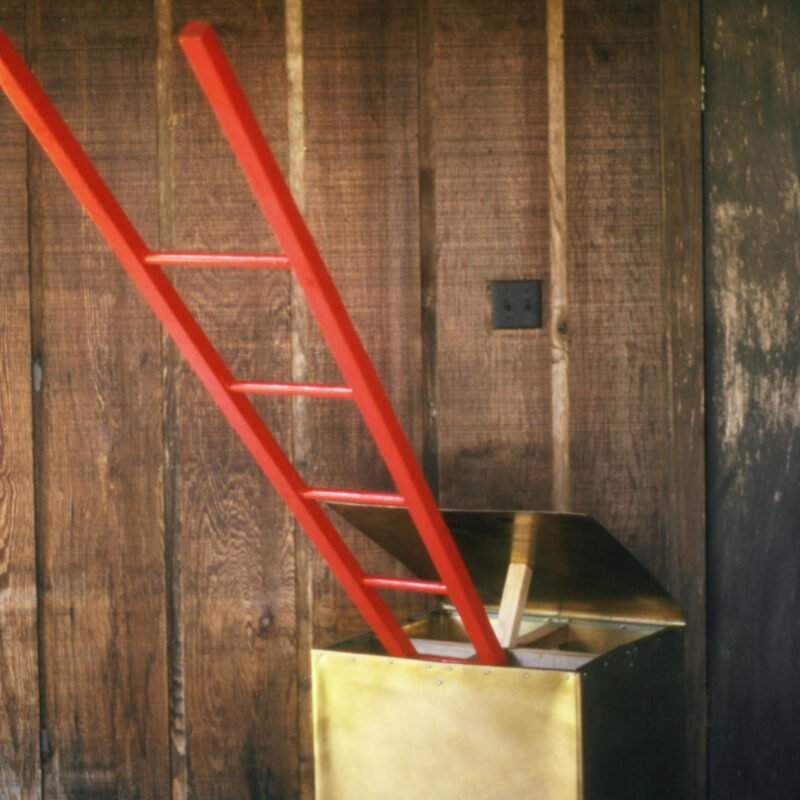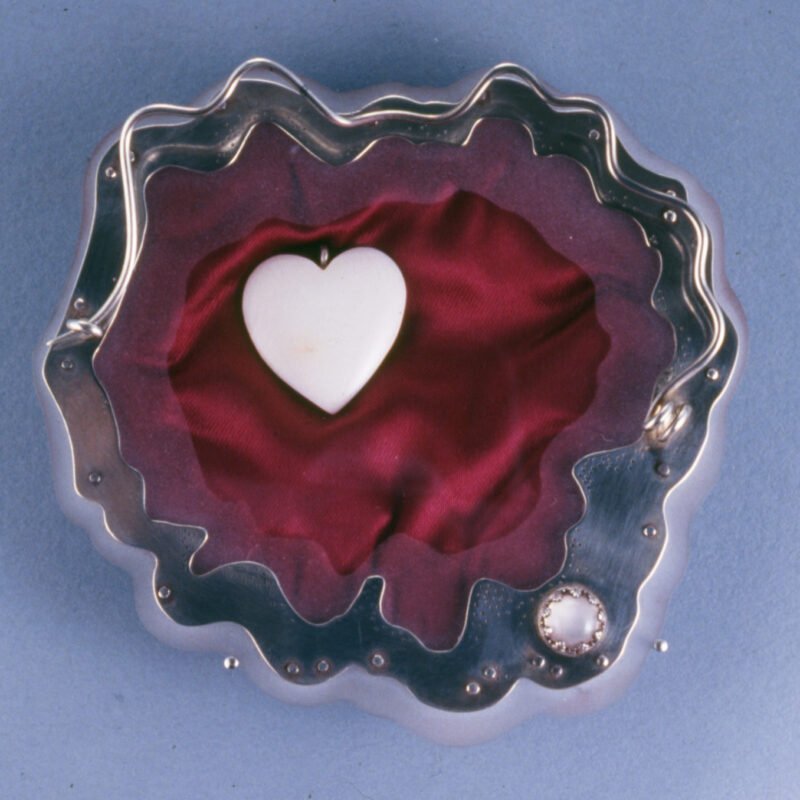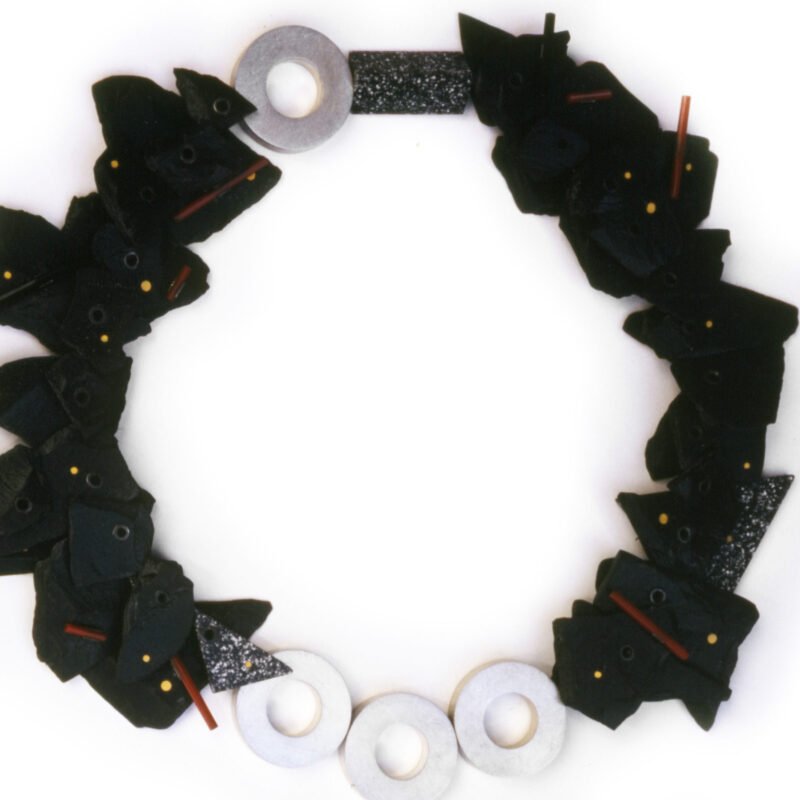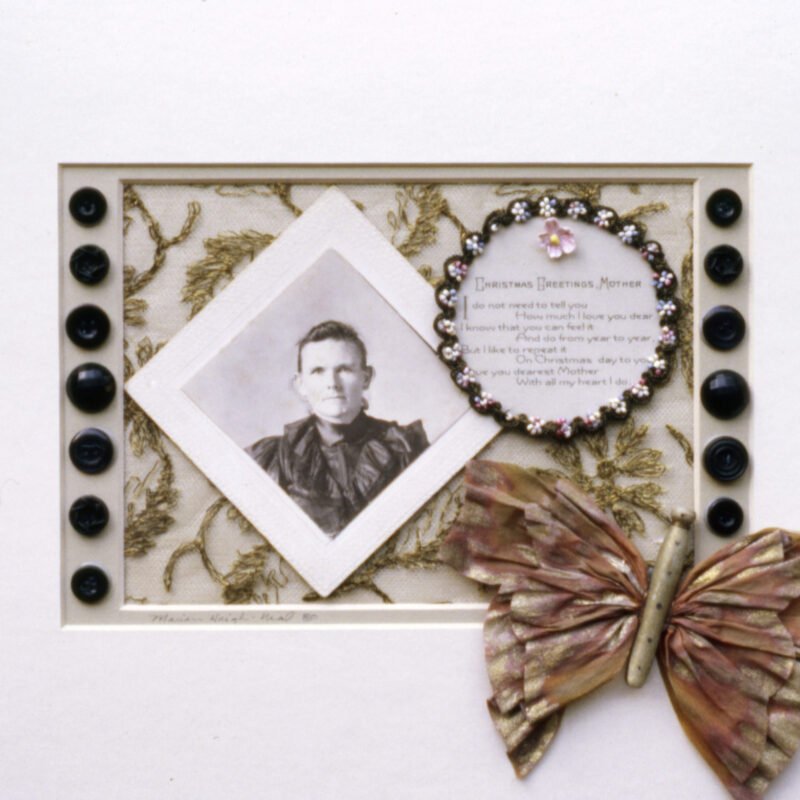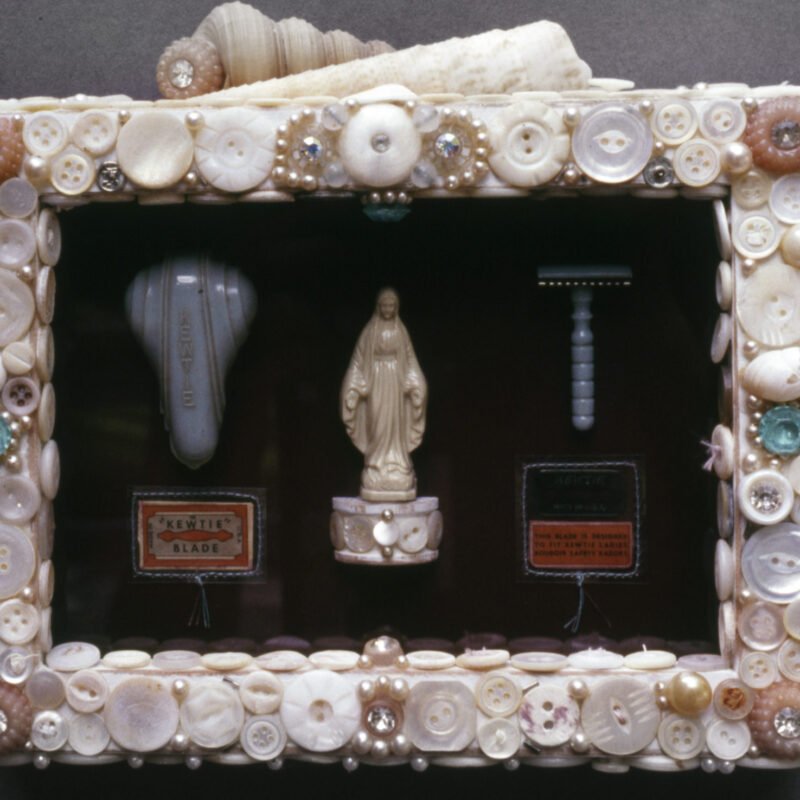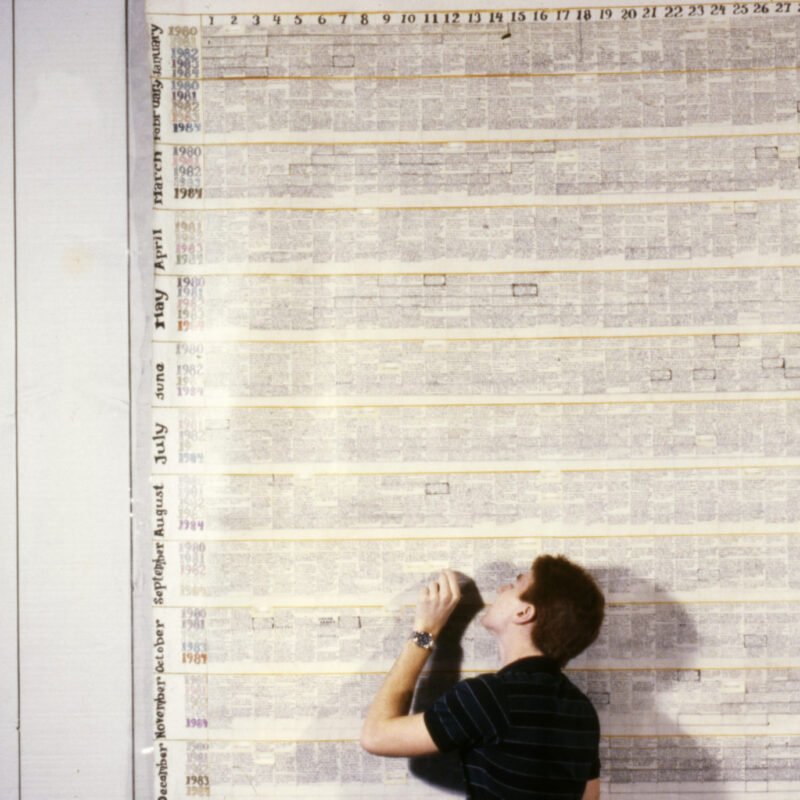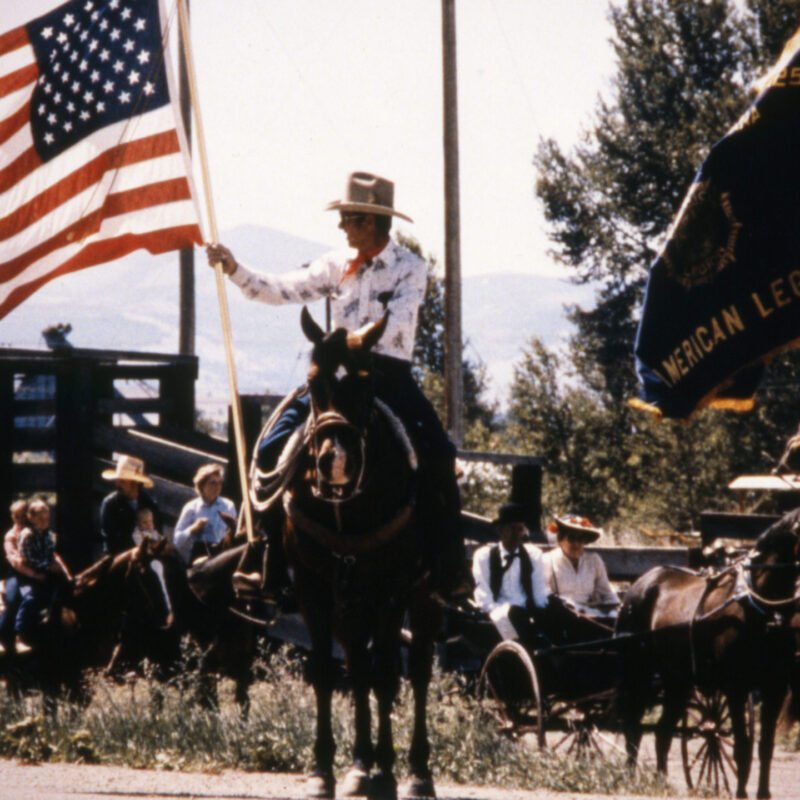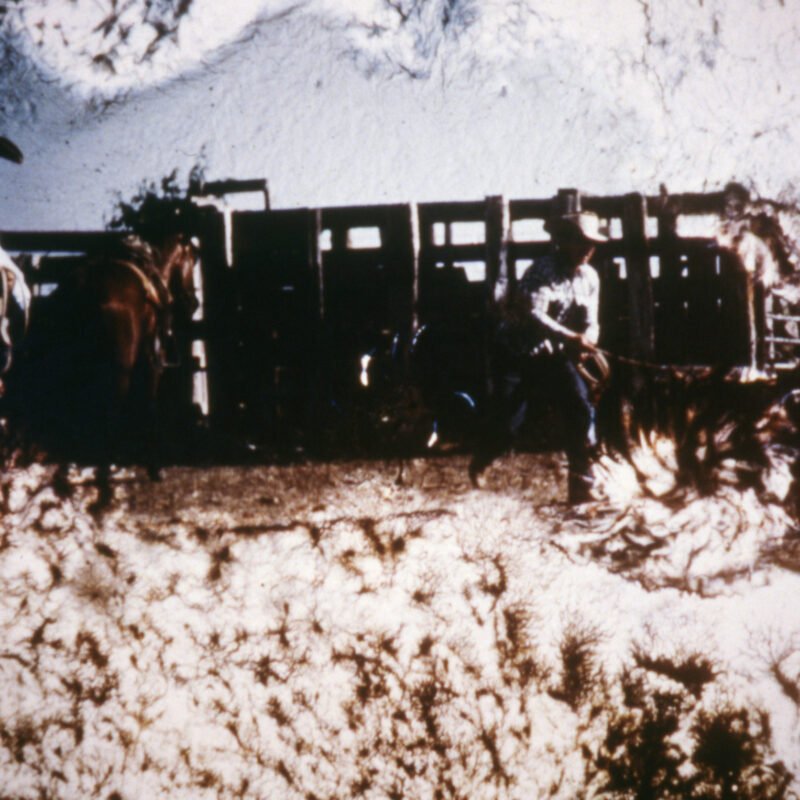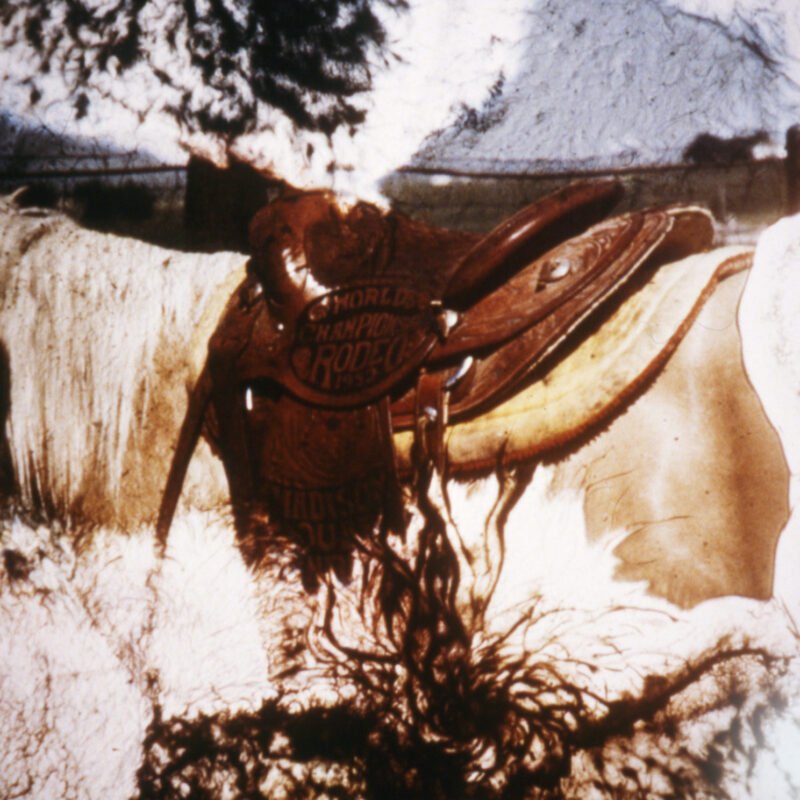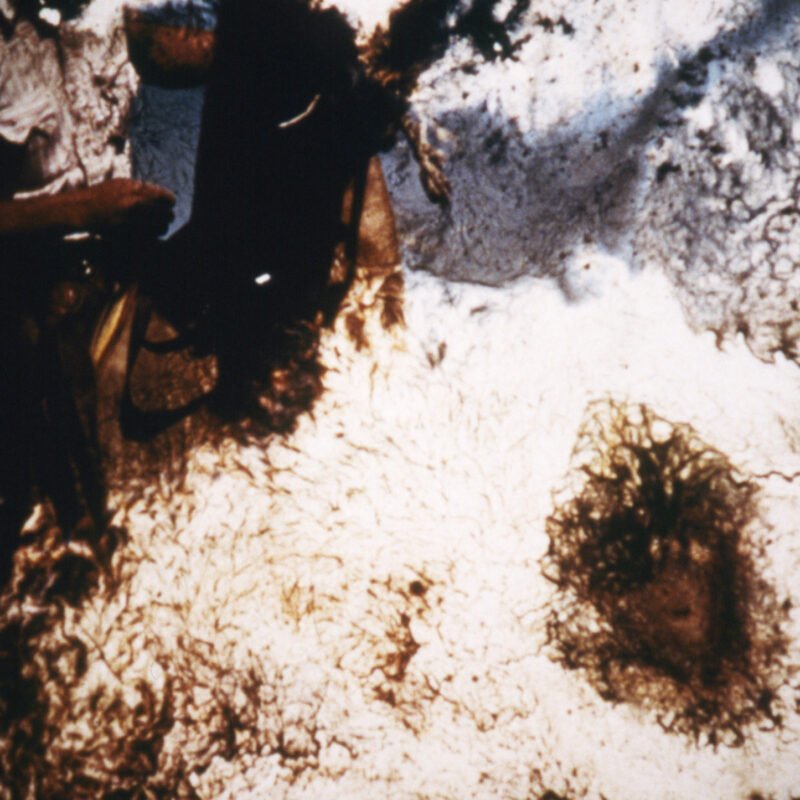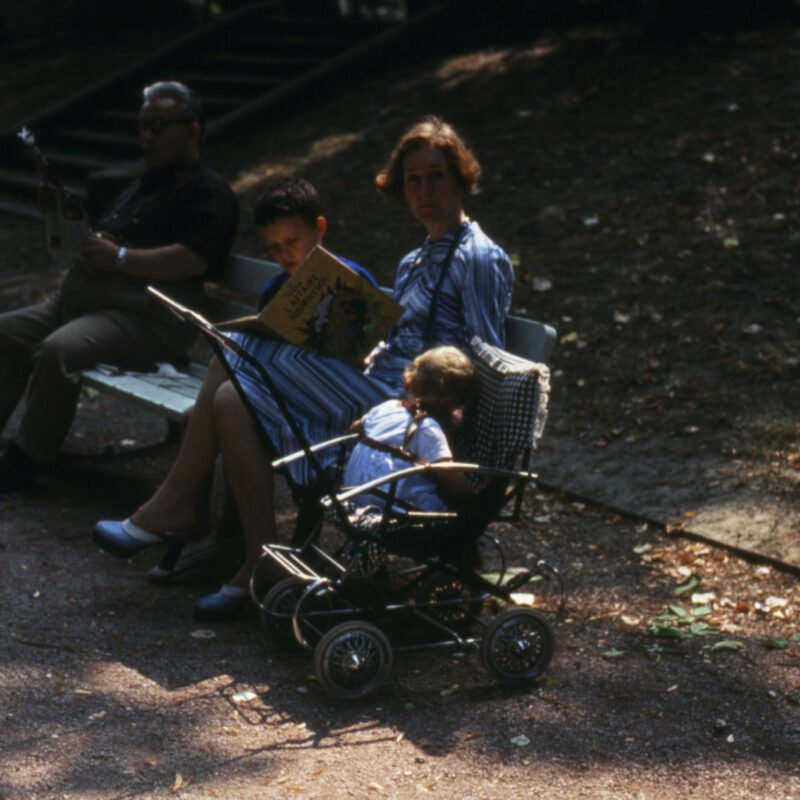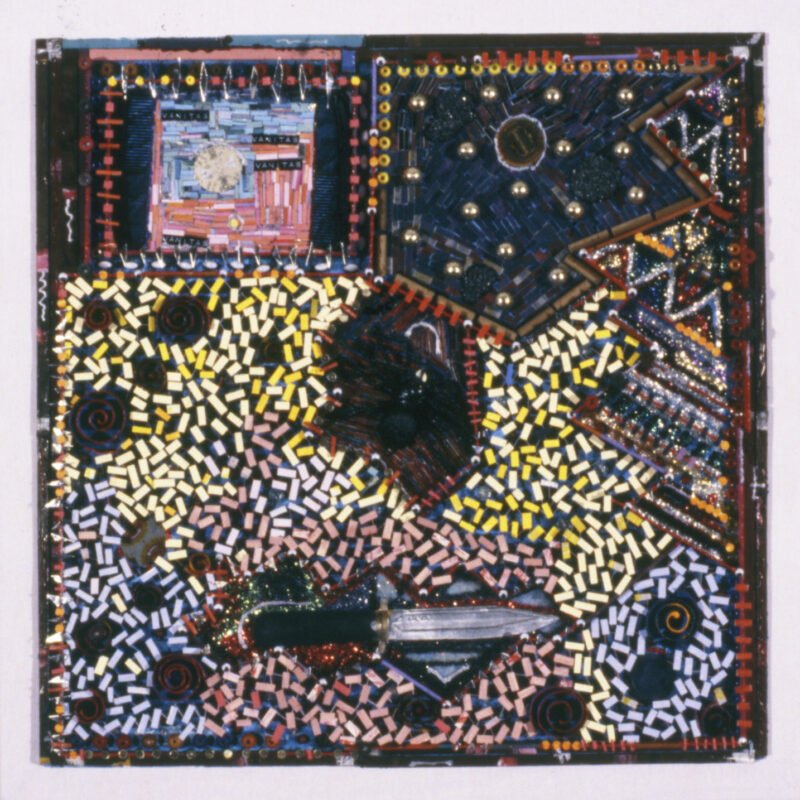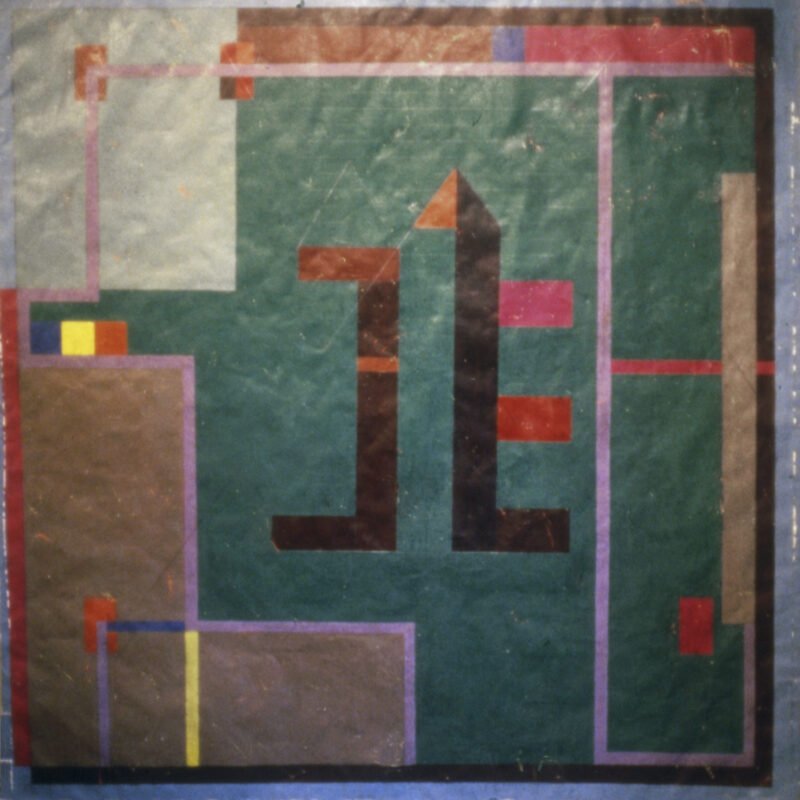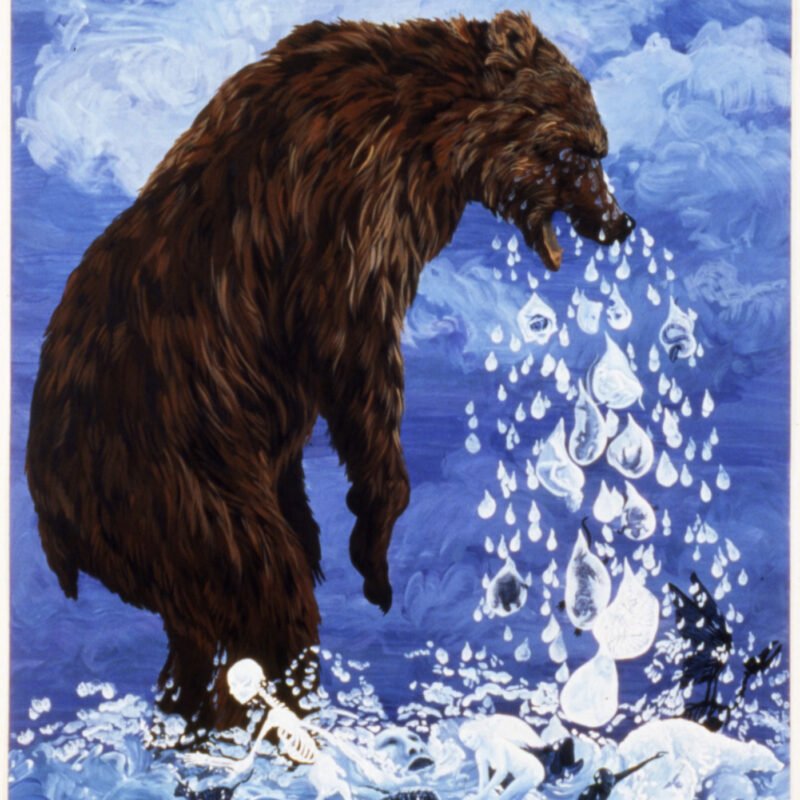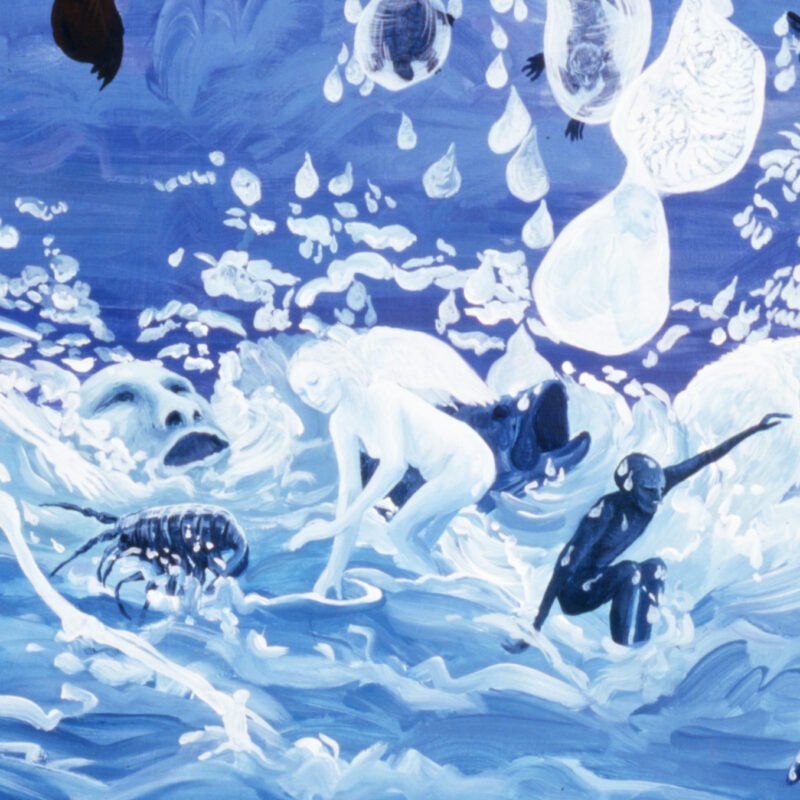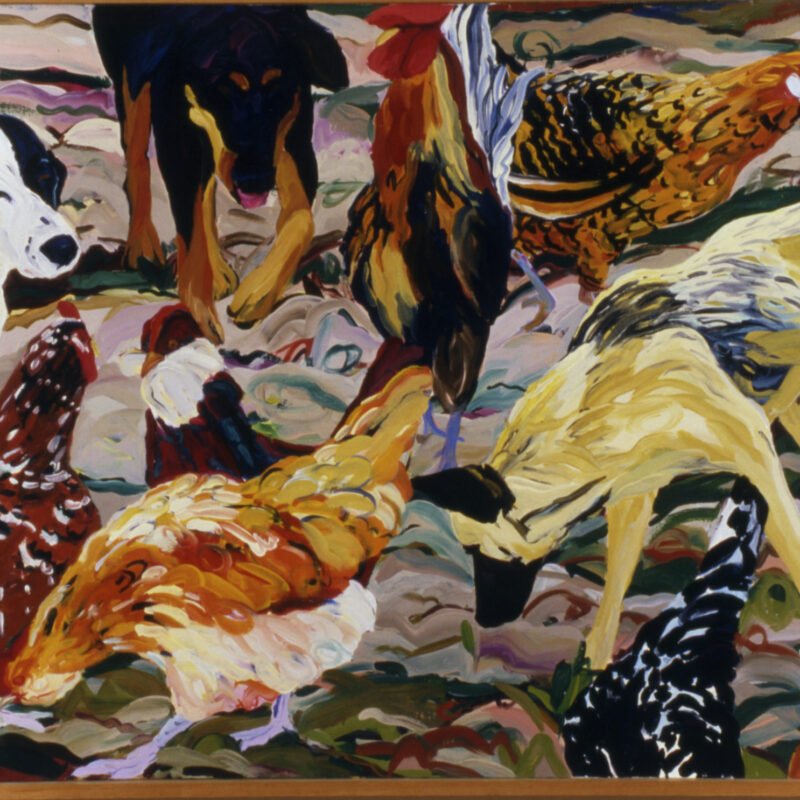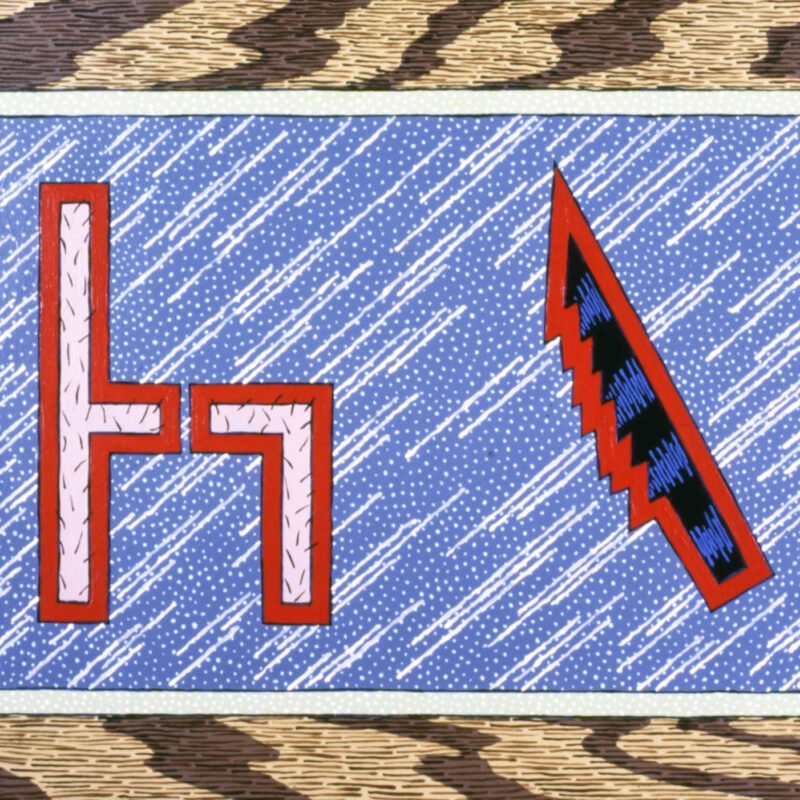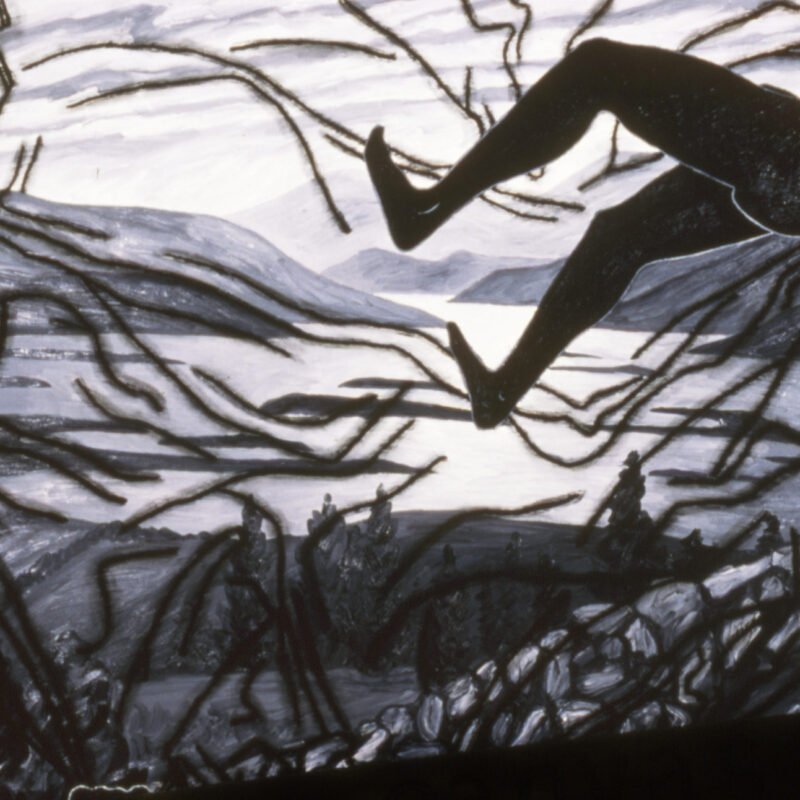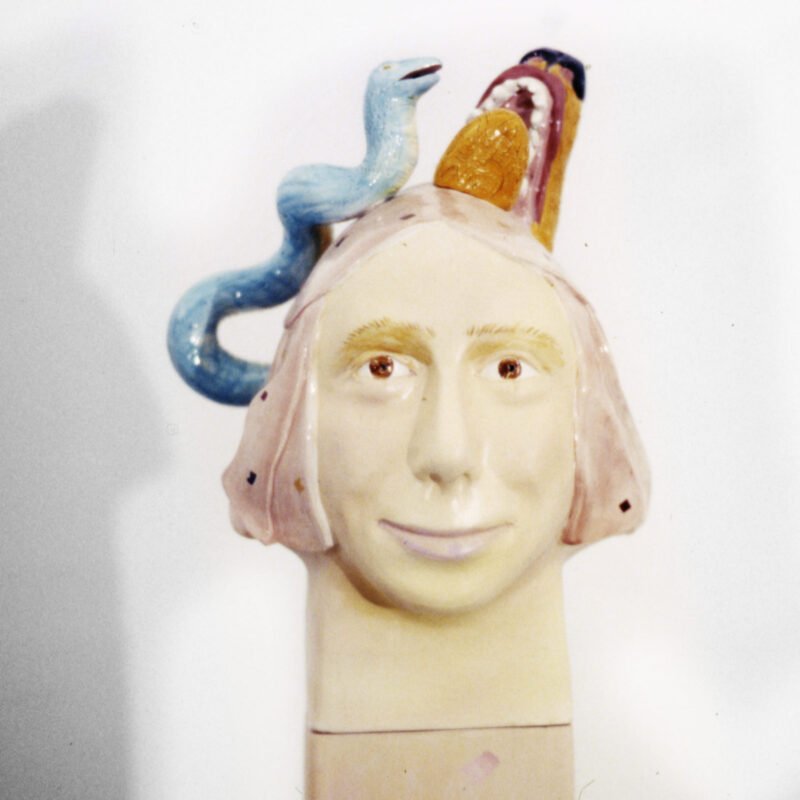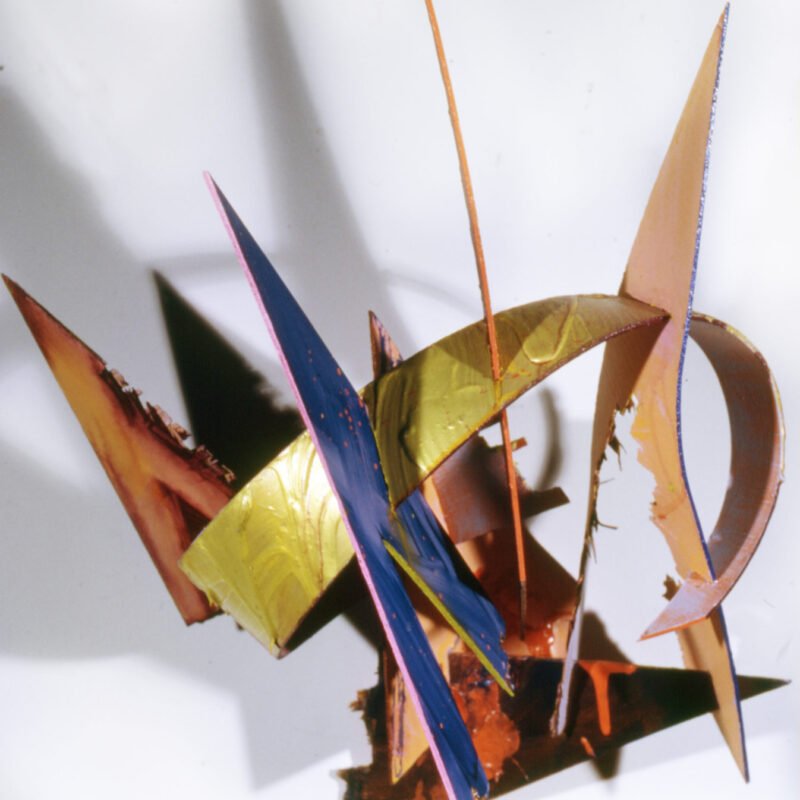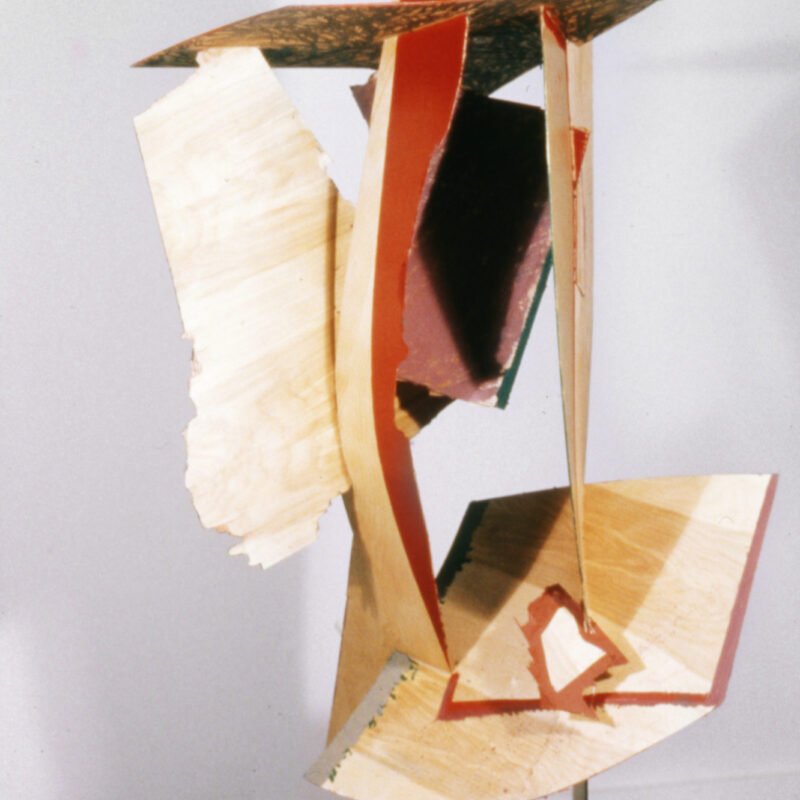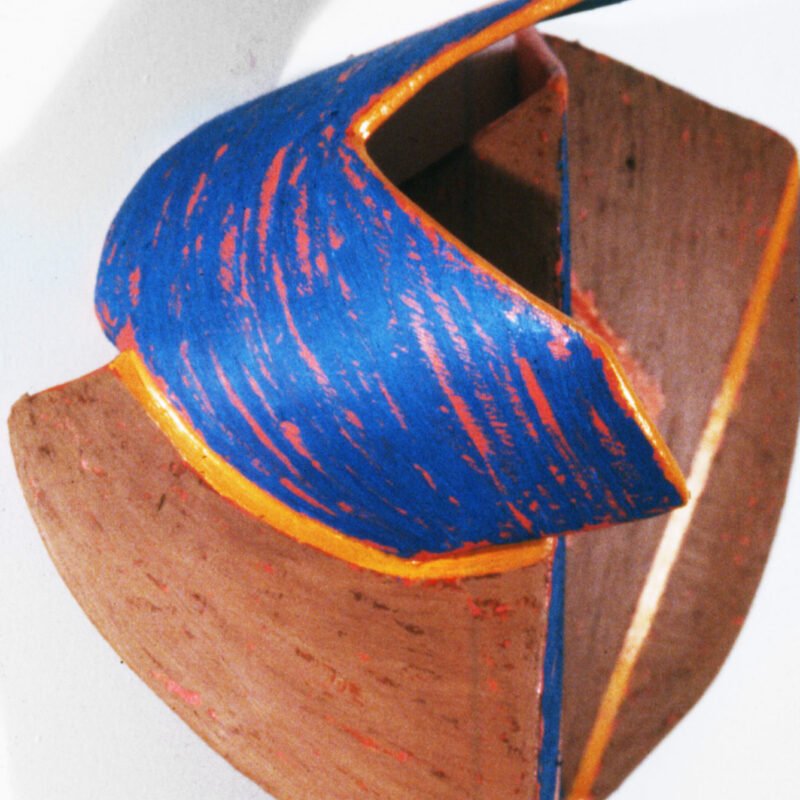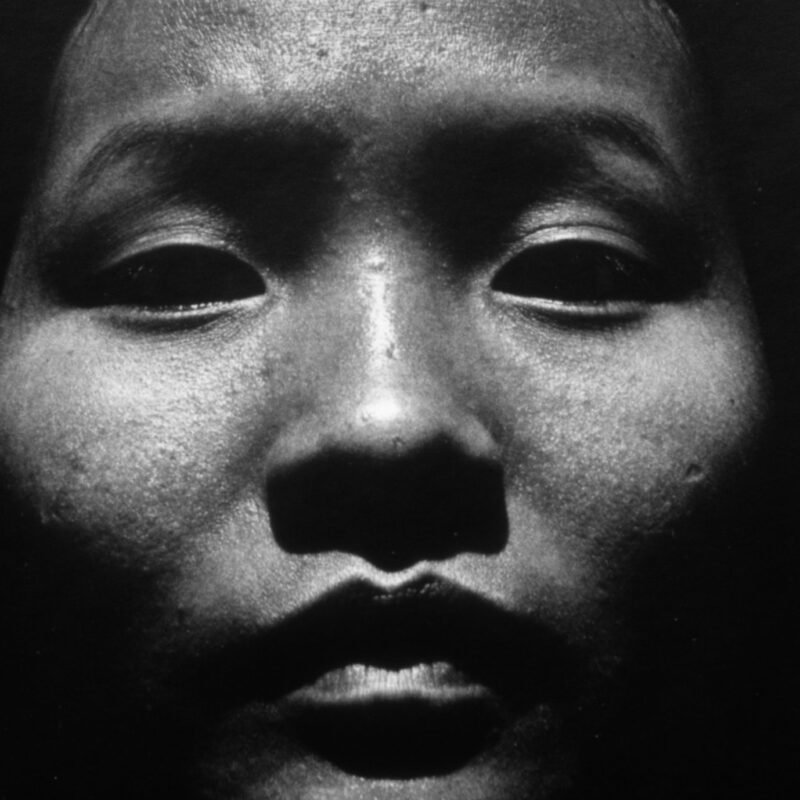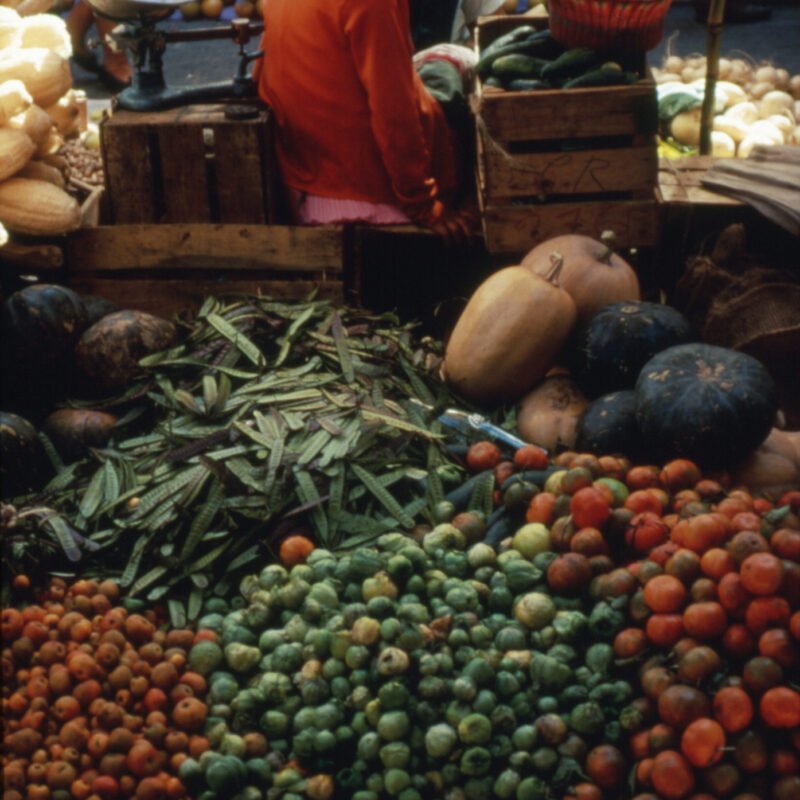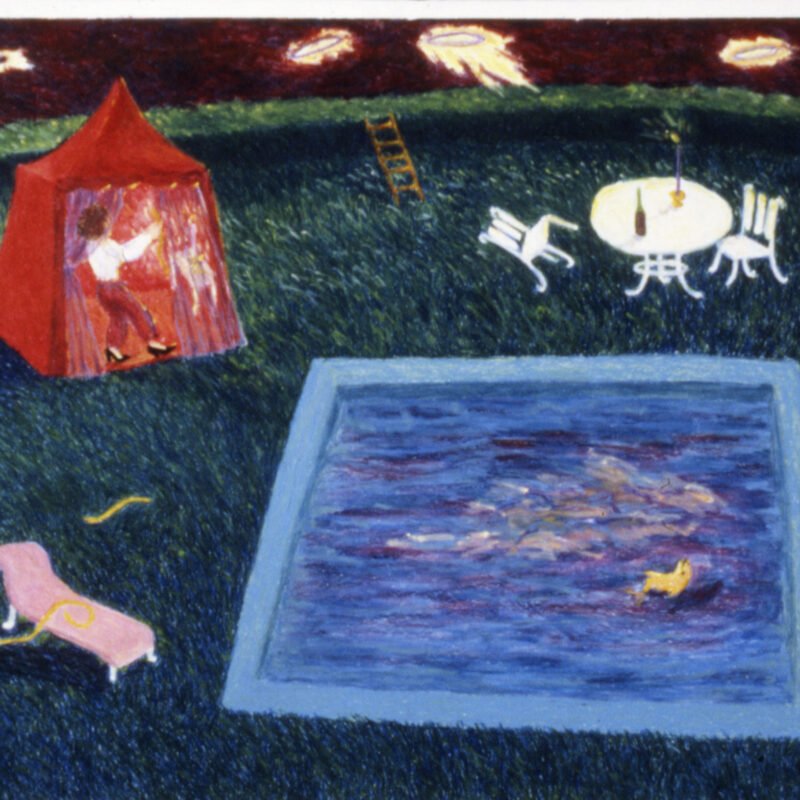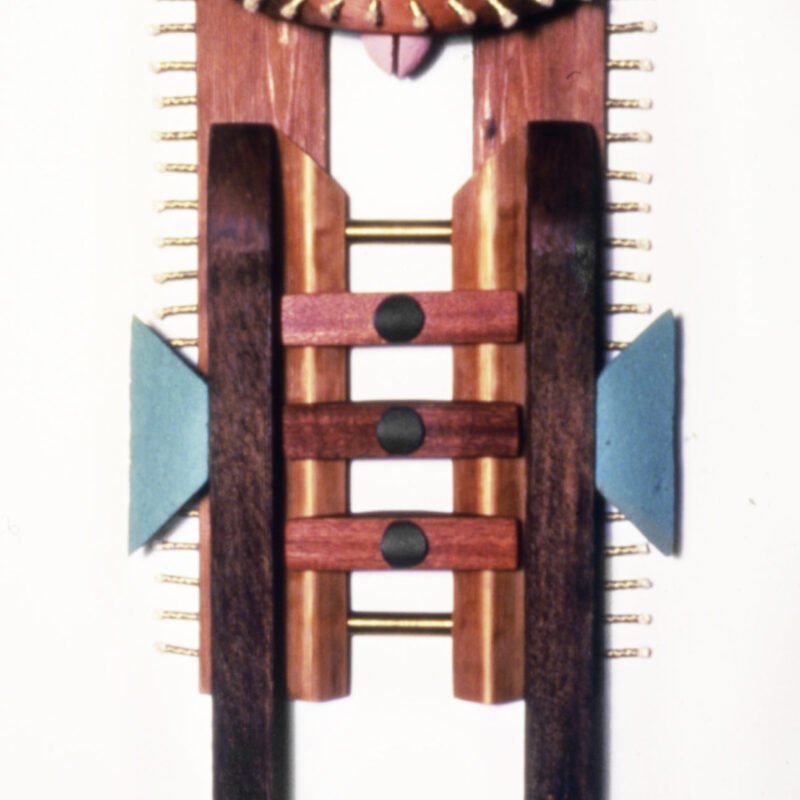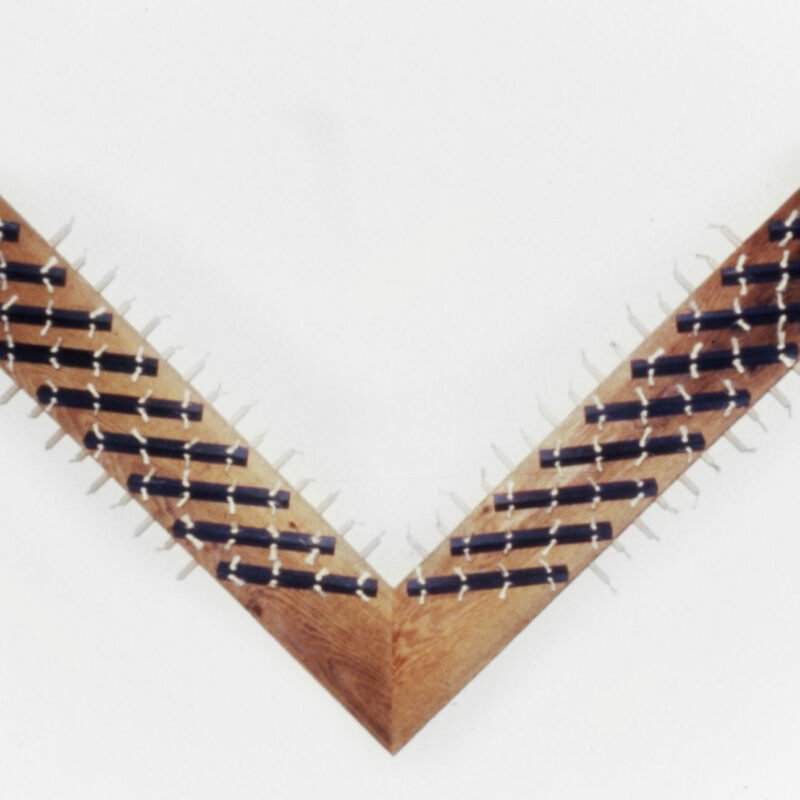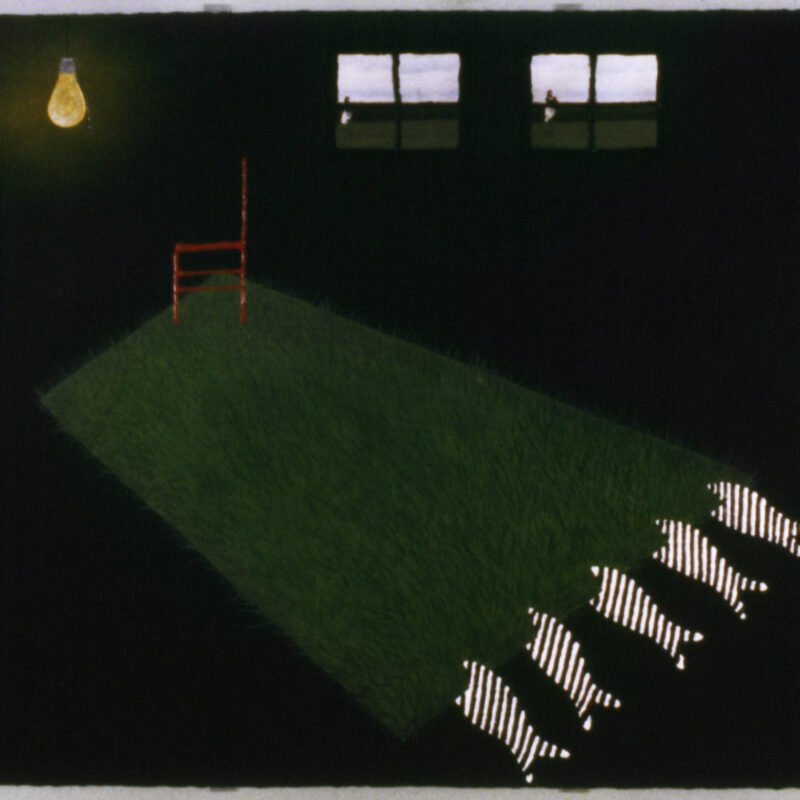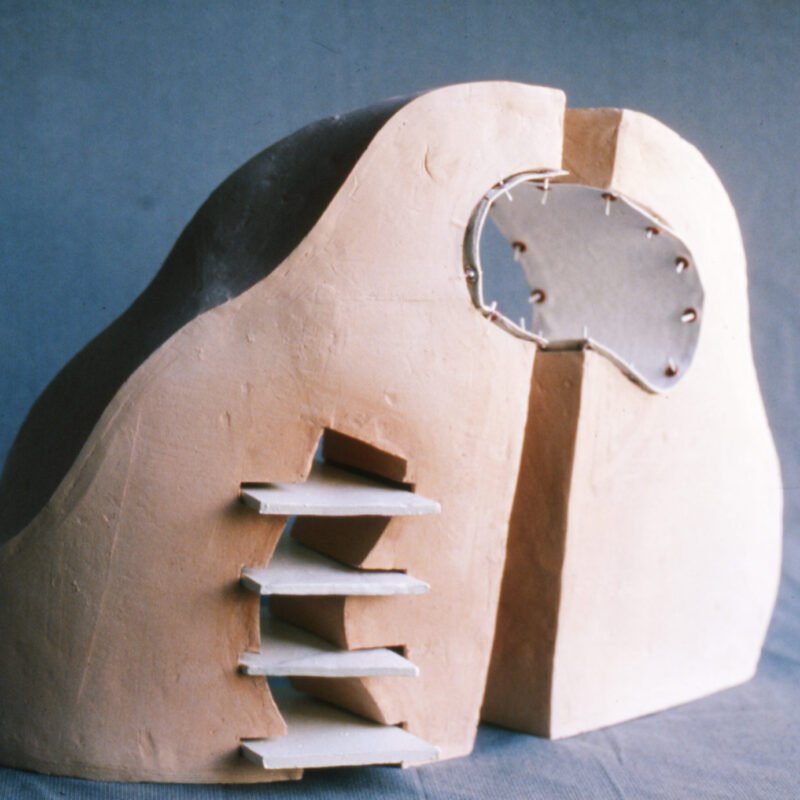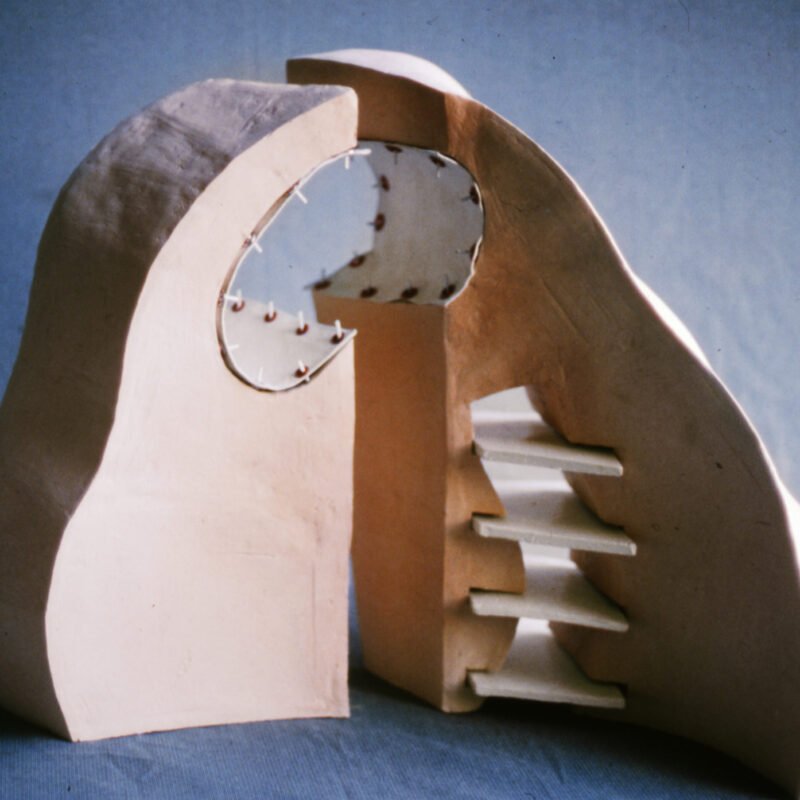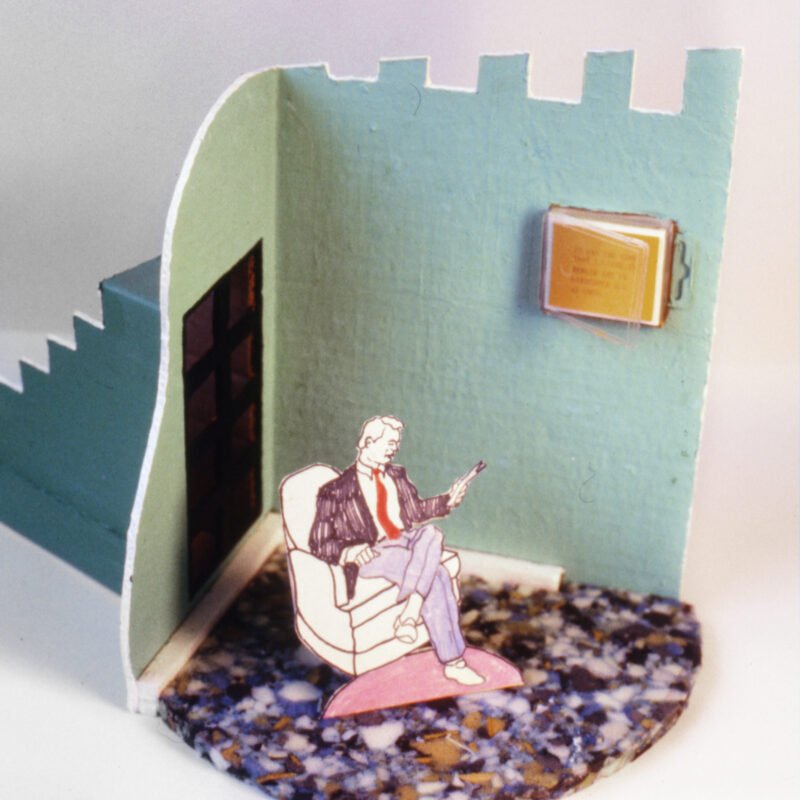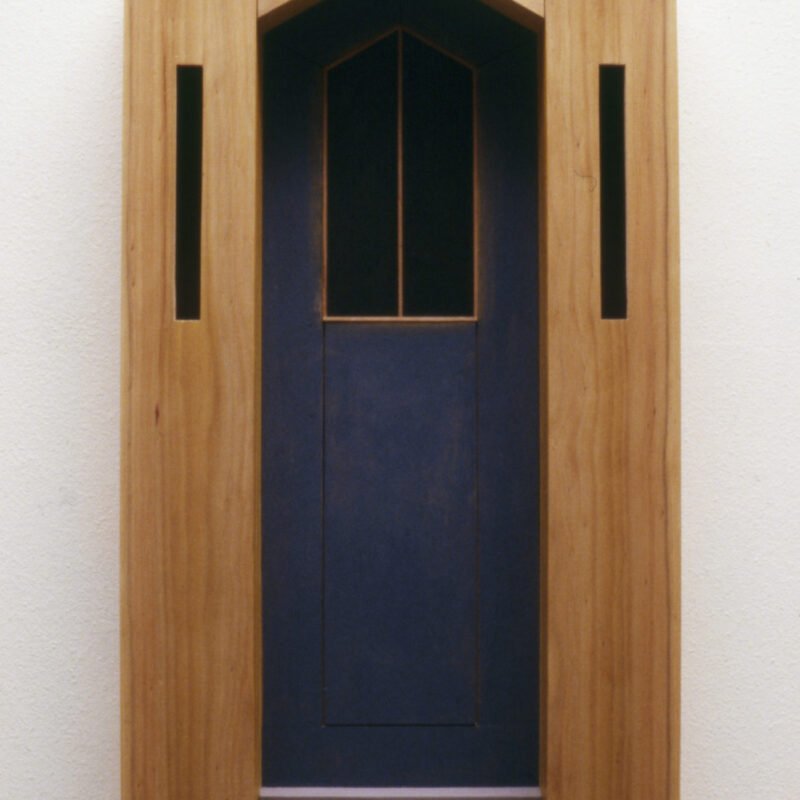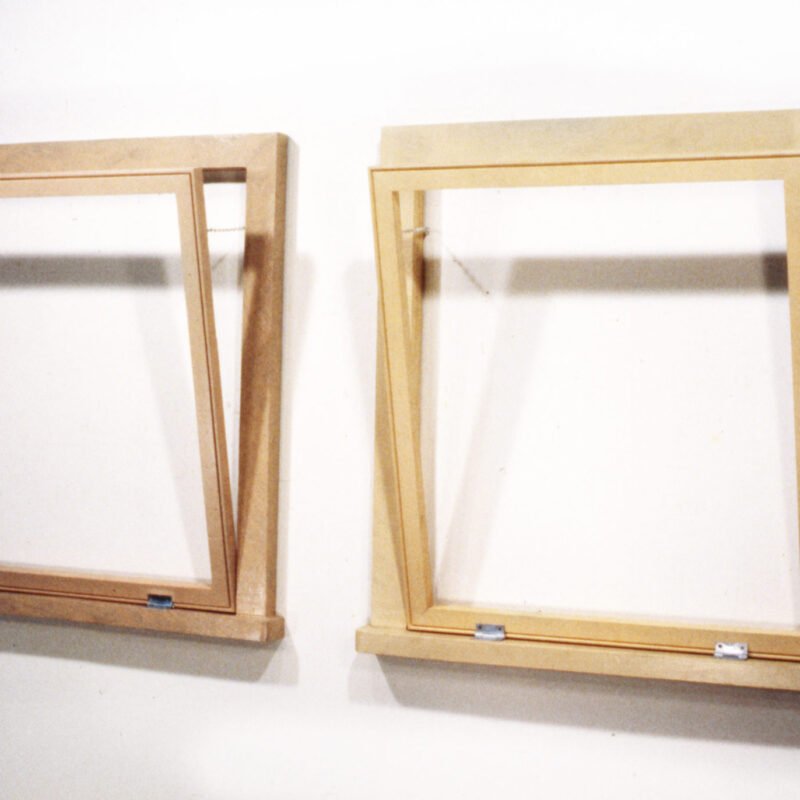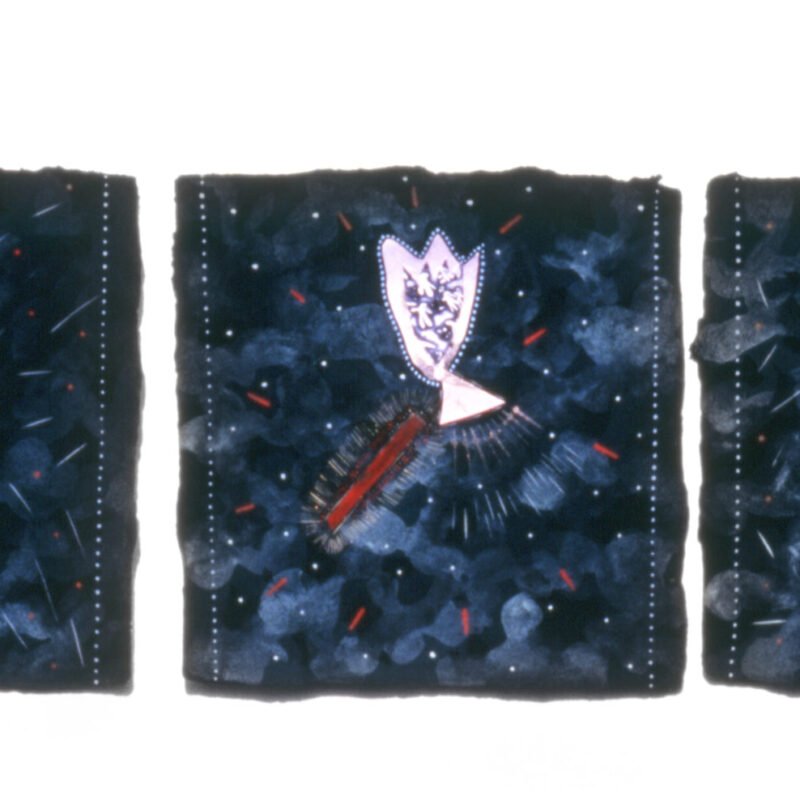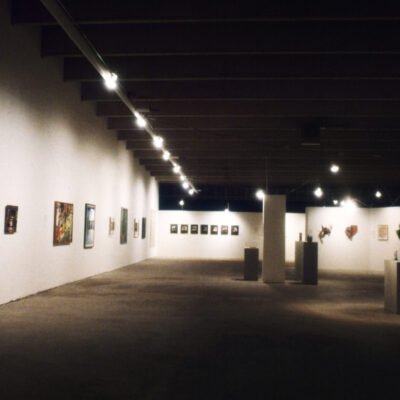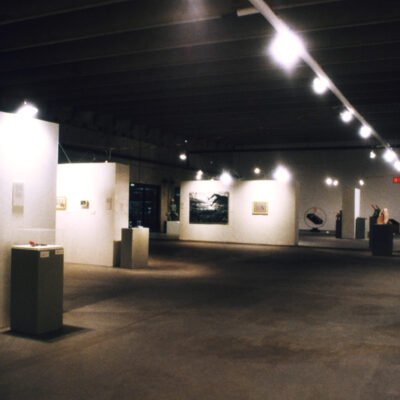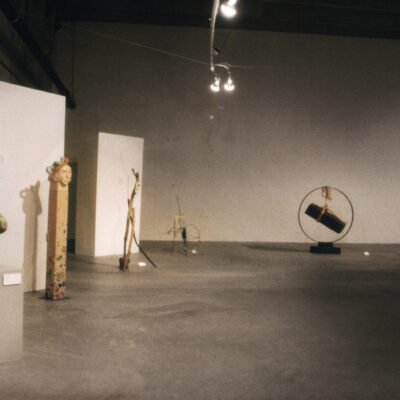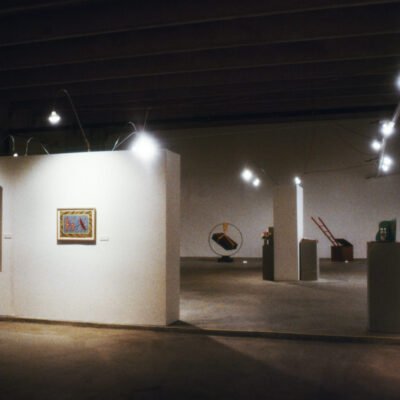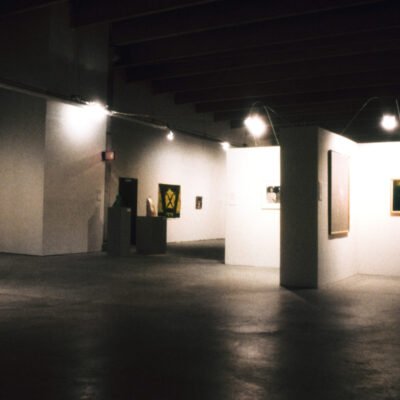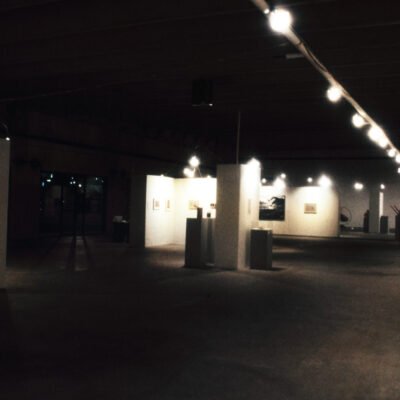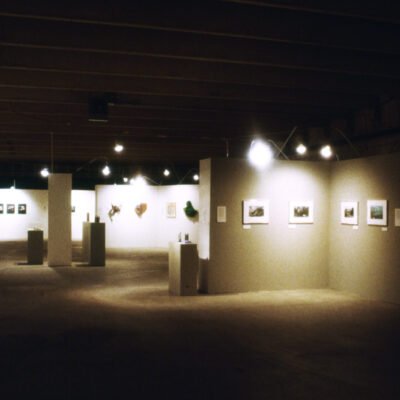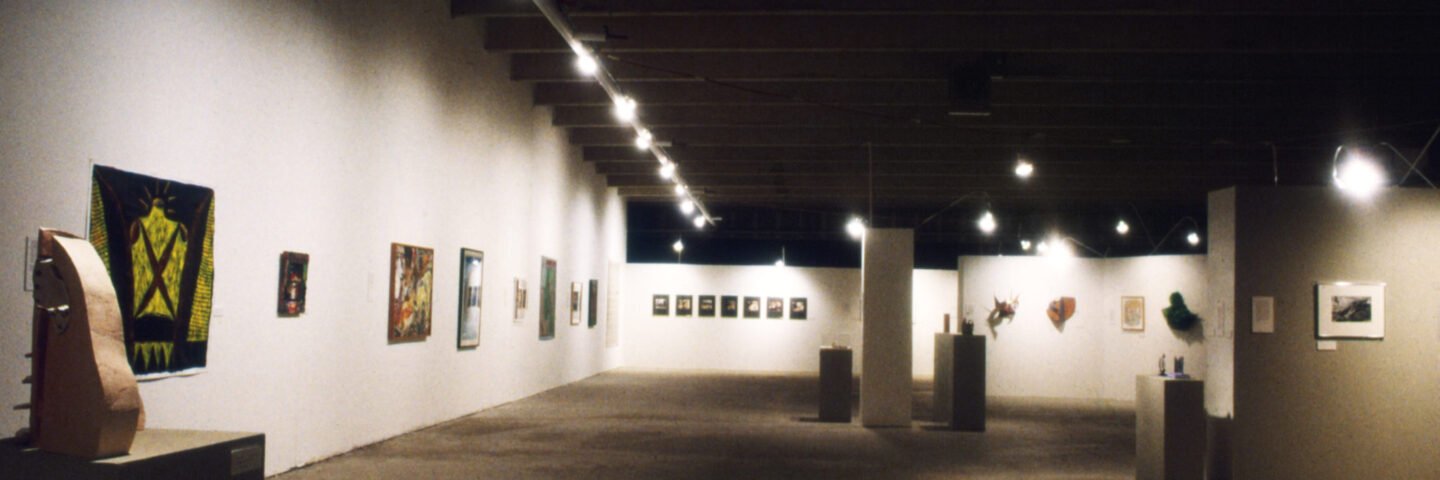

ReView: 10 years of Women & Their Work
With this exhibition, Women & Their Work celebrates its ten-year anniversary and commemorates a landmark exhibit held a decade ago. Ten years ago, Women & Their Work presented the first juried visual art exhibition for women ever held in Texas. The title, “Woman-In-Sight,” emphasized the goal of the exhibit and the goal of Women & Their Work as an organization: to make the work of women visible and to provide a forum from which their work could be viewed and judged on its own merits. For anonymity and invisibility have historically been the chief obstacles women artists face.
As recently as 1985, the major textbook used to teach art history, H. W. Janson’s History of Art, did not include a single woman. Such an institutionalized omission would lead one to believe that throughout the world, throughout all time-from the ancient Sumerians to Jasper Johns-no work produced by a woman was of any import. That the work of women was rarely shown in museums or commercial galleries further fostered the impression that there were no women artists – or none that mattered.
With exhibits such as “Woman-In-Sight,” Women & Their Work sought to counter the prevailing- notion that women do not make good art. By presenting the work of over 600 women artists in visual art, dance, music, theater, literature, and film, Women & Their Work has provided women artists the opportunity to be seen and for their work to speak for itself. Review literally means “to look back on,” “to see again,” and in law, “to examine an action in order to correct possible errors.” In reviewing the history of Women & Their Work, we can look back and review or see again what women artists have accomplished. The exhibition, “ReView: Ten Years of Women & Their Work,” provides us a chance to look at what 29 individual women artists did in 1978 and see in what ways their concerns have grown, developed, or changed in 1988.
And in what ways has Women & Their Work grown, developed, or changed? Most immediately, we have moved from a one-room office over the Revco Drug Store on Guadalupe Street to a gallery with 125 running feet of exhibition space. We have received national recognition and helped draw attention to the importance of Texas as a regional art center. Women & Their Work was featured in the August 1988 issue of Art in America in its annual review of sixteen exhibits held in alternative spaces in the U.S. And the Women & Their Work production of the original play, I Am Annie Mae, was featured for a ten-minute segment on National Public Radio.
Many of the artists in the ReView exhibition have achieved national recognition. And because of this, questions arise: “Is there a need for an organization which promotes the work of women? Is being a “separatist organization” in fact ghettoizing the very women we seek to serve? Should there be another ten years of Women & Their Work?” While such questions can neither be glibly answered or easily dismissed, the fact remains that women artists continue to be woefully underrepresented in museum collections, in galleries, in invitational exhibitions, and on art faculties. While H. W. Janson’s son included fourteen women in his posthumous edition of History of Art, few people when stopped on the street could readily name even three women artists.
Just as the perfectibility of humanity (more commonly quoted as “the perfectibility of man”) remains a constant yet elusive goal, so women’s incorporation into American culture on all levels remains incomplete. While we can rejoice that in 1987 Mary Boone indeed accepted the first three women ever into her gallery, that Jenny Holzer has been selected to represent the United States at the next Venice Biennale, and that the Georgia O’Keeffe show draws overflow crowds, these are only the beginning steps to the full recognition of the accomplishments of women artists.
We can but hope that future generations who review art history can deduce from the prevalence of women’s work that women artists have indeed contributed a representative share of art commensurate with their numbers. It is then that we can with surety proclaim the end of a need for Women & Their Work. Until that day, may the organization prosper.
– Chris Cowden
Executive Director, 1986-present
Artists featured in the exhibition:
Future Akins • Barbara Attwell • Frances Bagley • Viveka Barnett
Gertrude Barnstone • Gay Block • Suzanne Bocanegra
Michelle Campbell • Nancy Chambers • Deborah J. Dobbins
Rowena C. Elkin • Diane Falkenhagen • Marian Haigh
Margaret K. Hicks • Amy Kwalwasser • Gloria Cisneros Lenoir
Mary F. McCleary • Melissa W. Miller • Carol Rabel • Claudia Reese
Laura Russell • Krystyna Sanderson • Nancy Scanlan • Linda Stanton
Gisela-Heidi Strunck • Vicki Teague-Cooper
Laura Telford • Patricia Tillman • Dee Wolff
